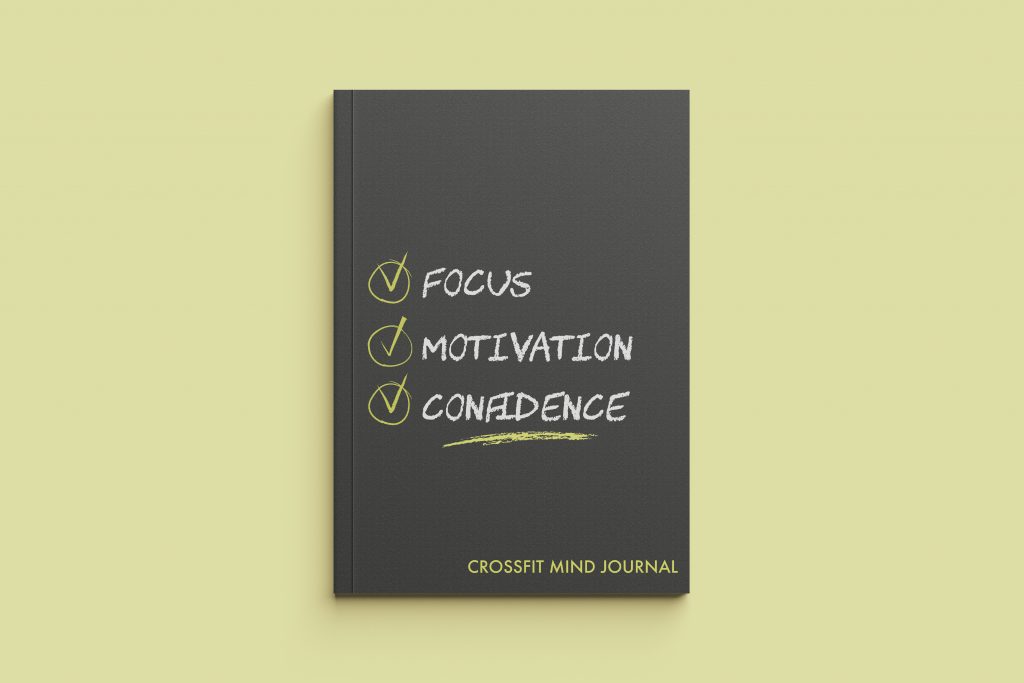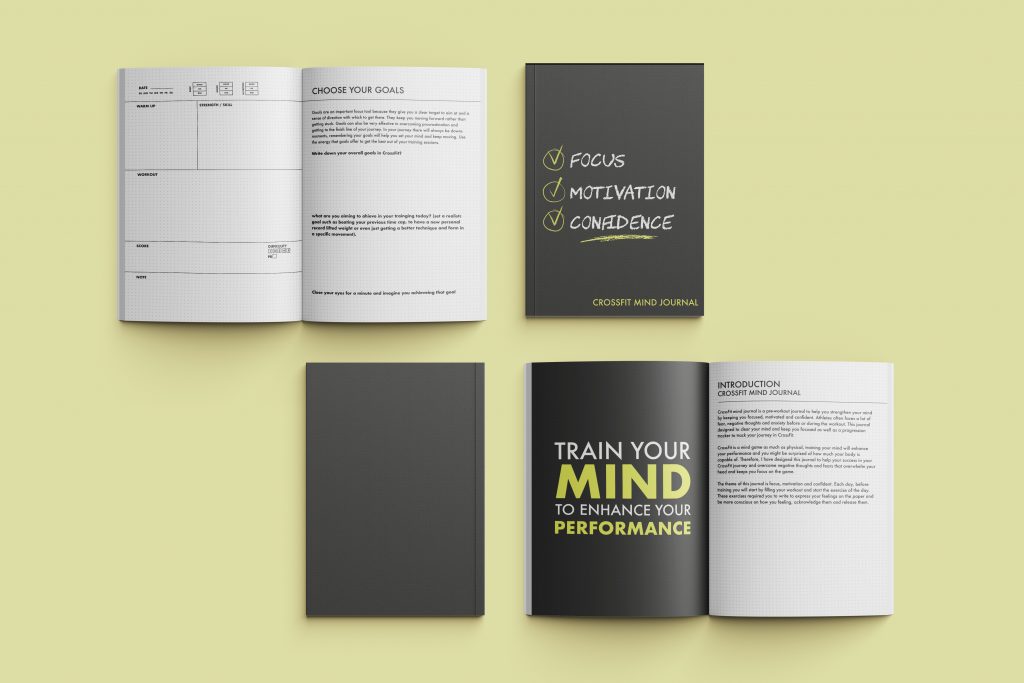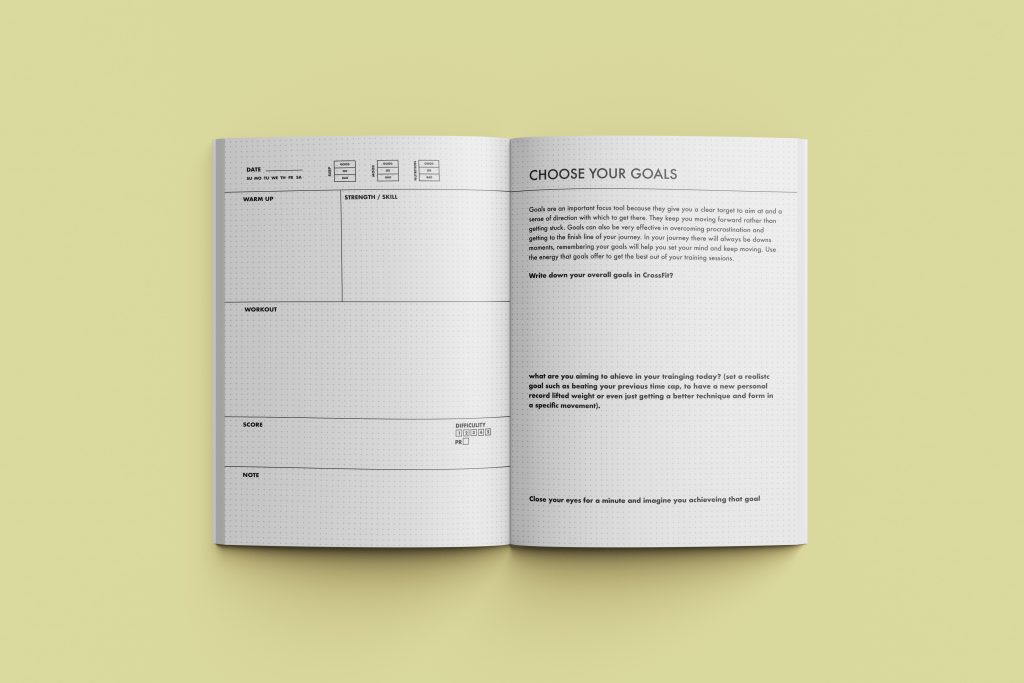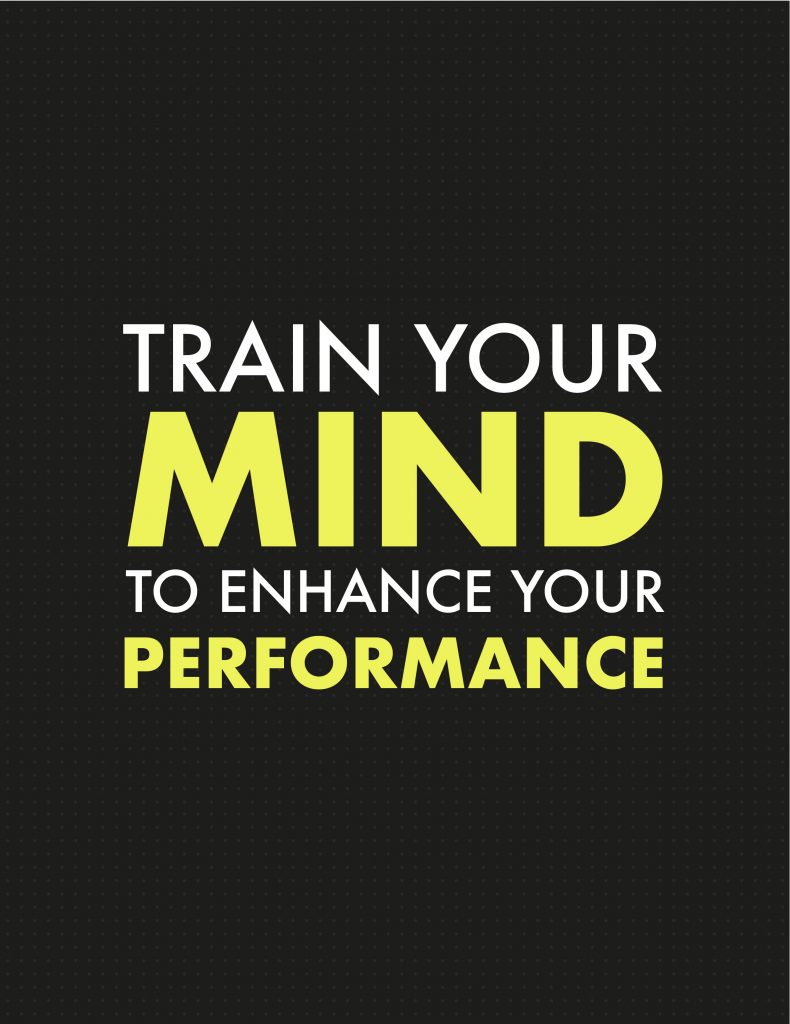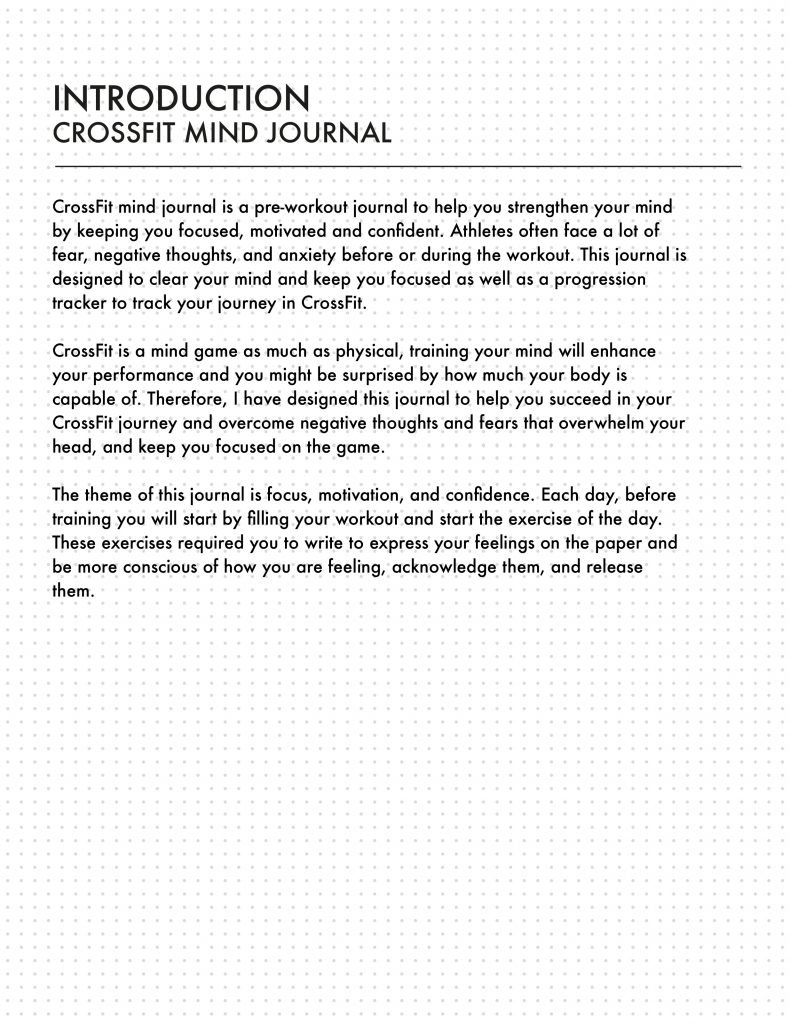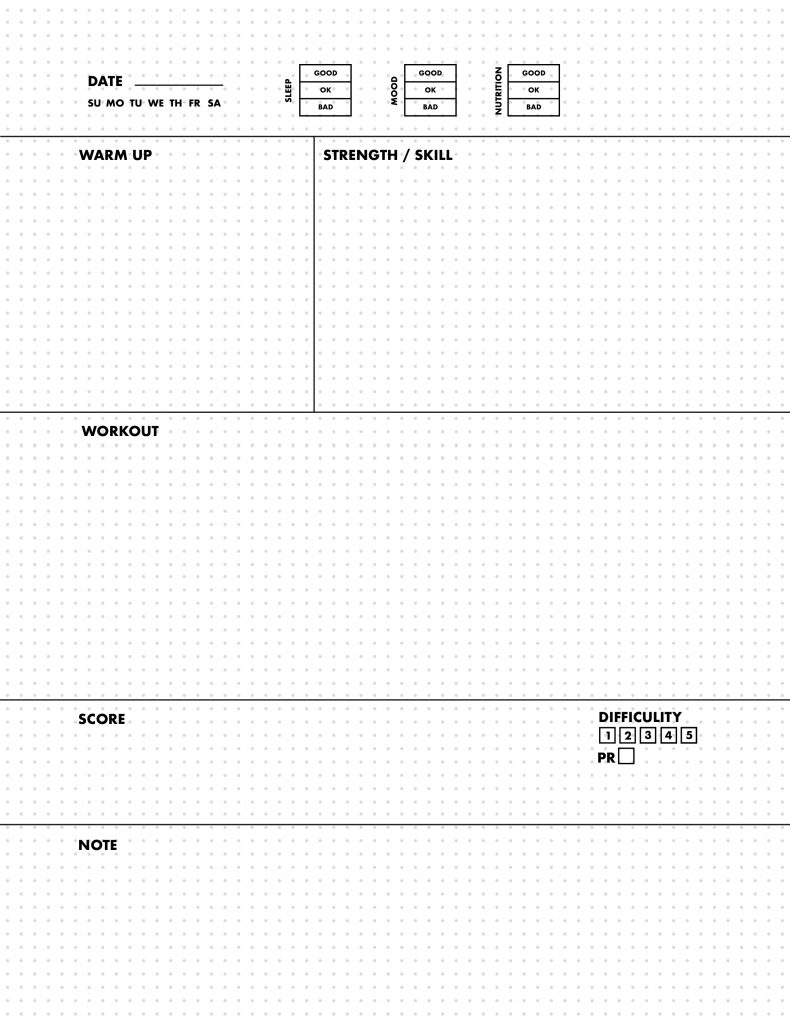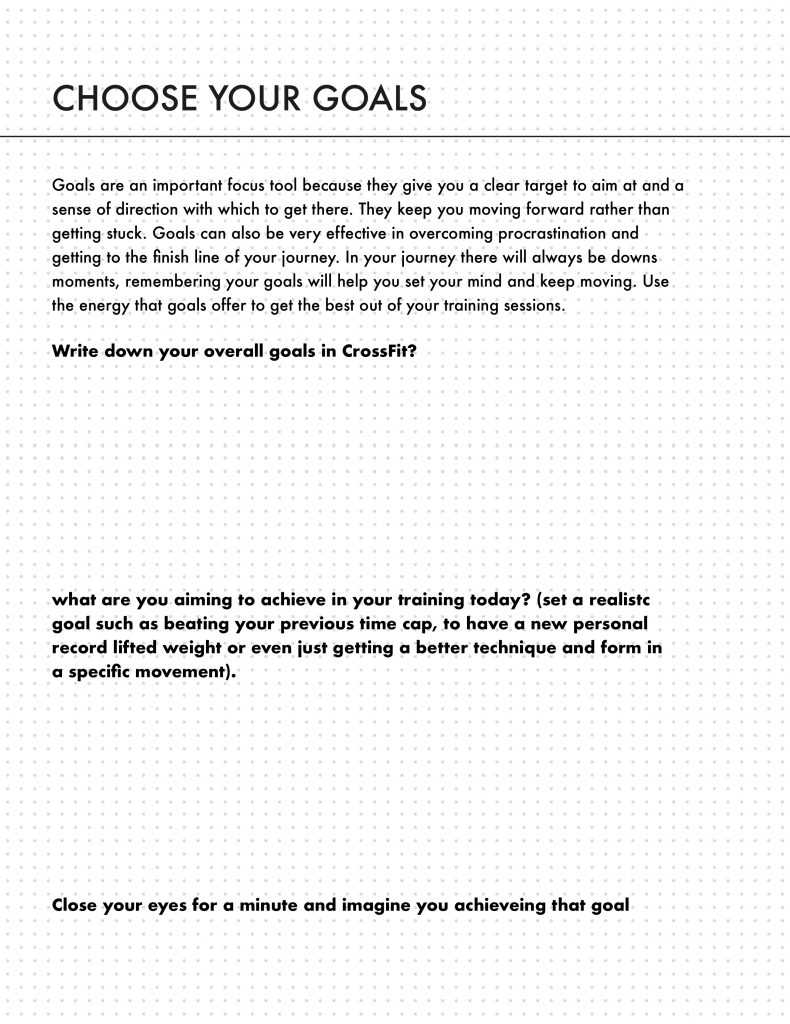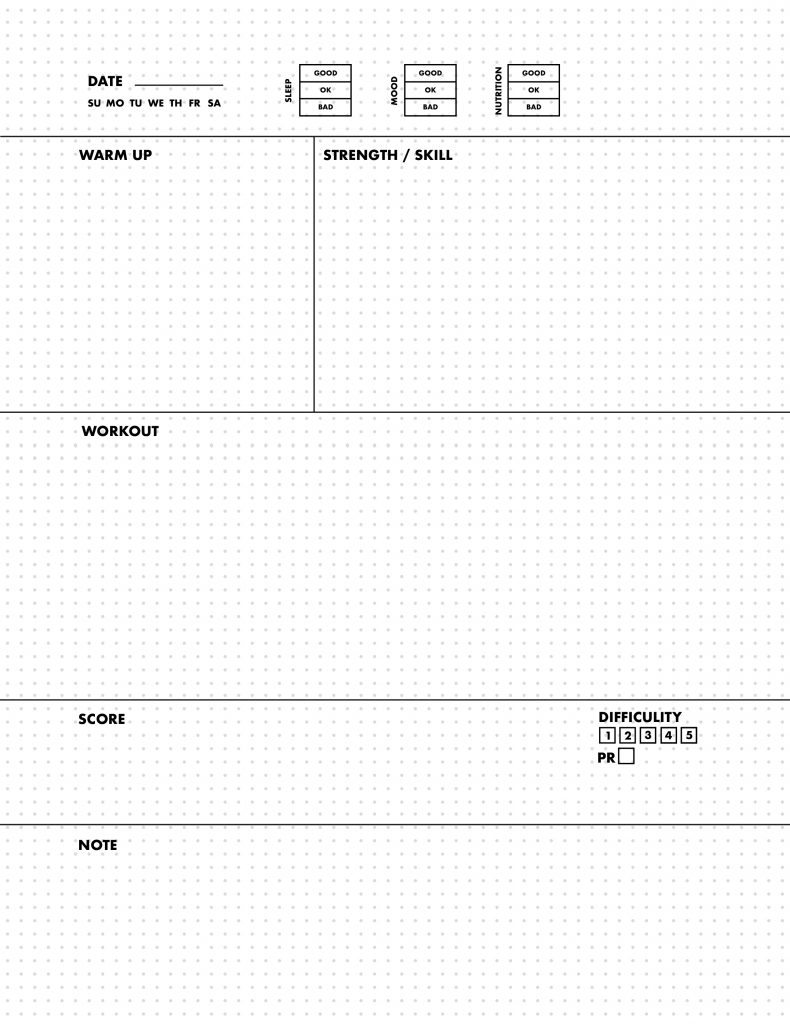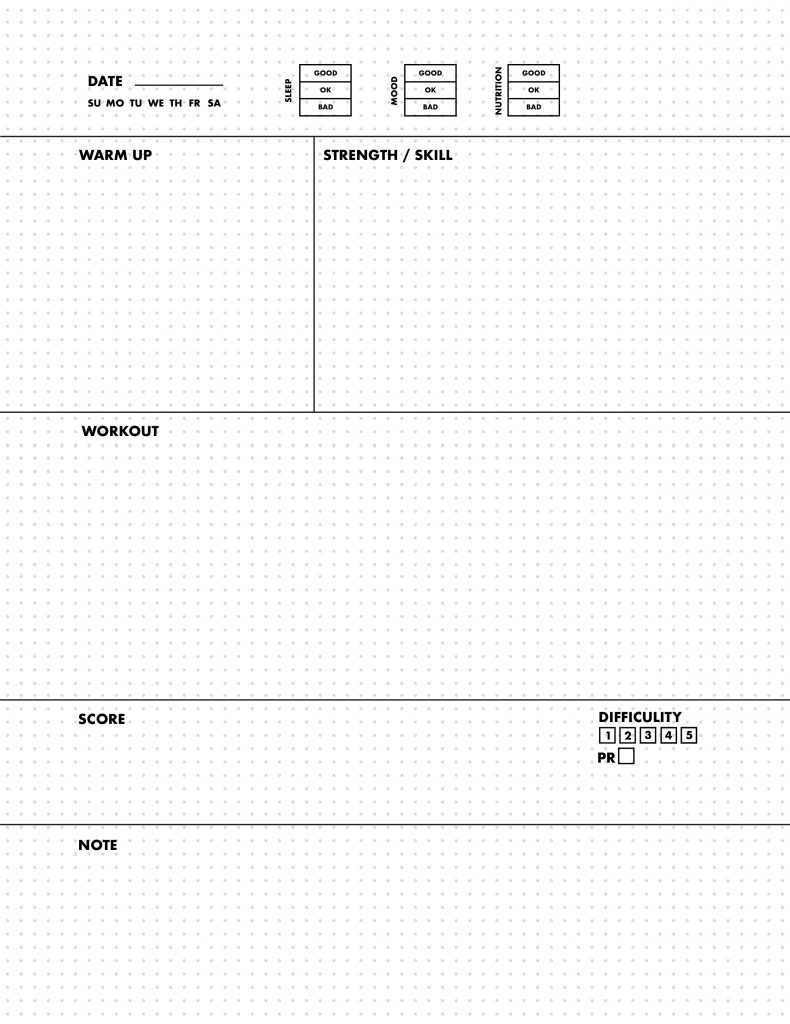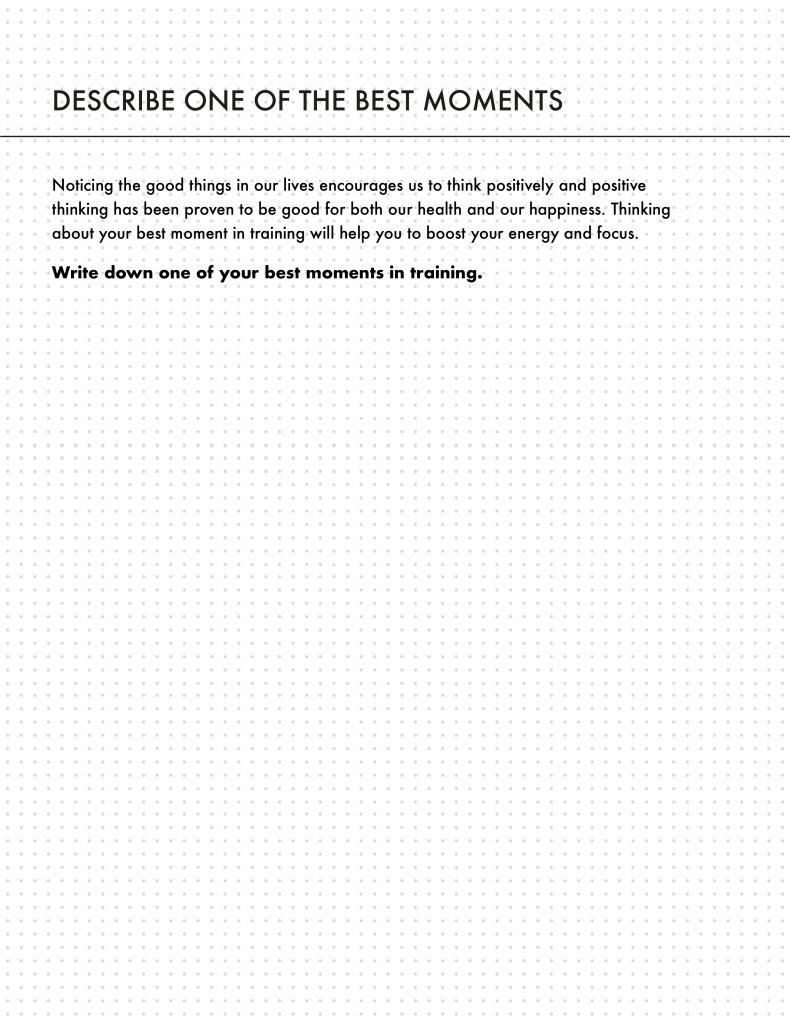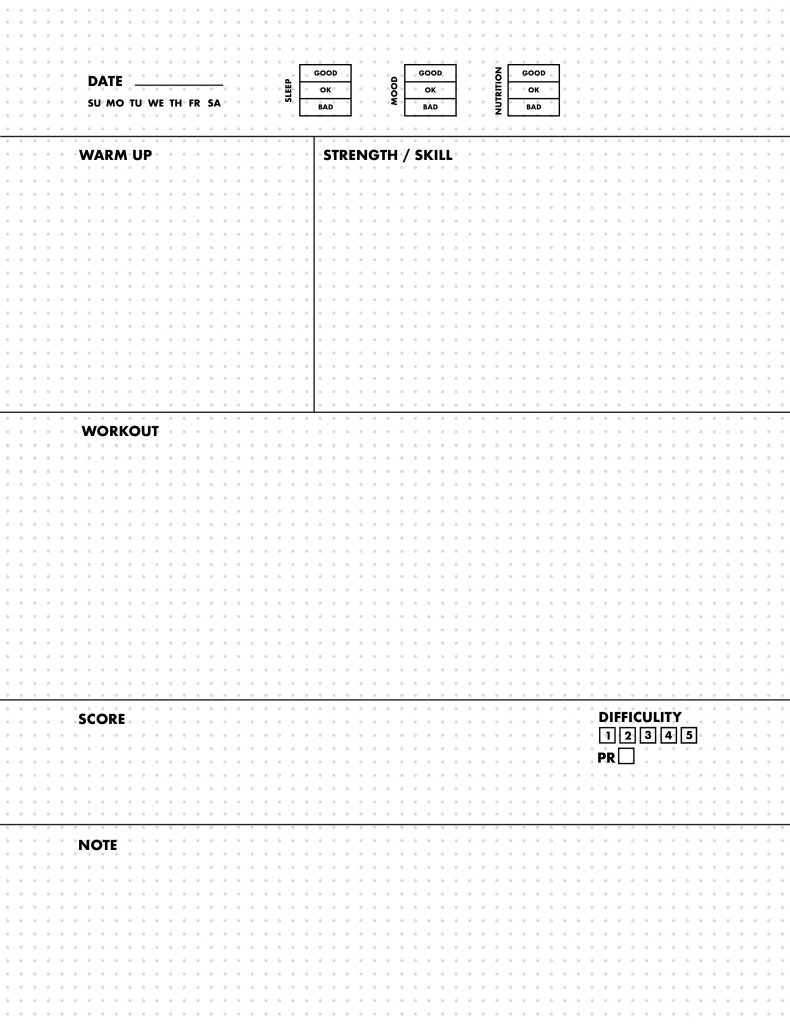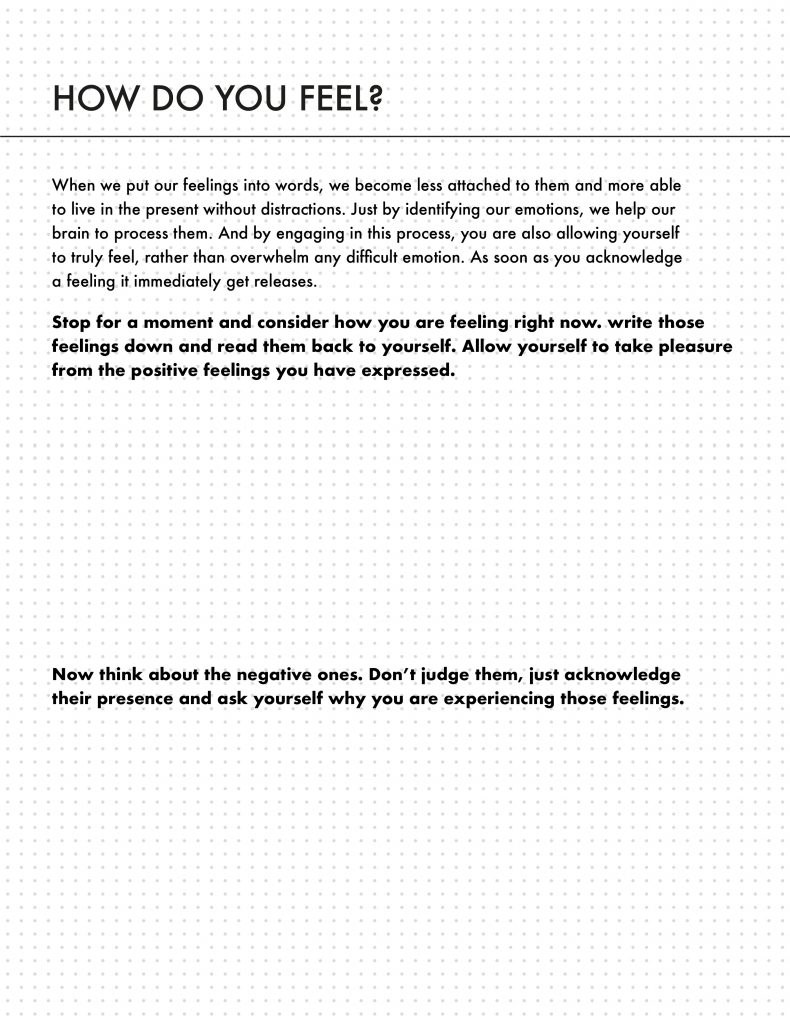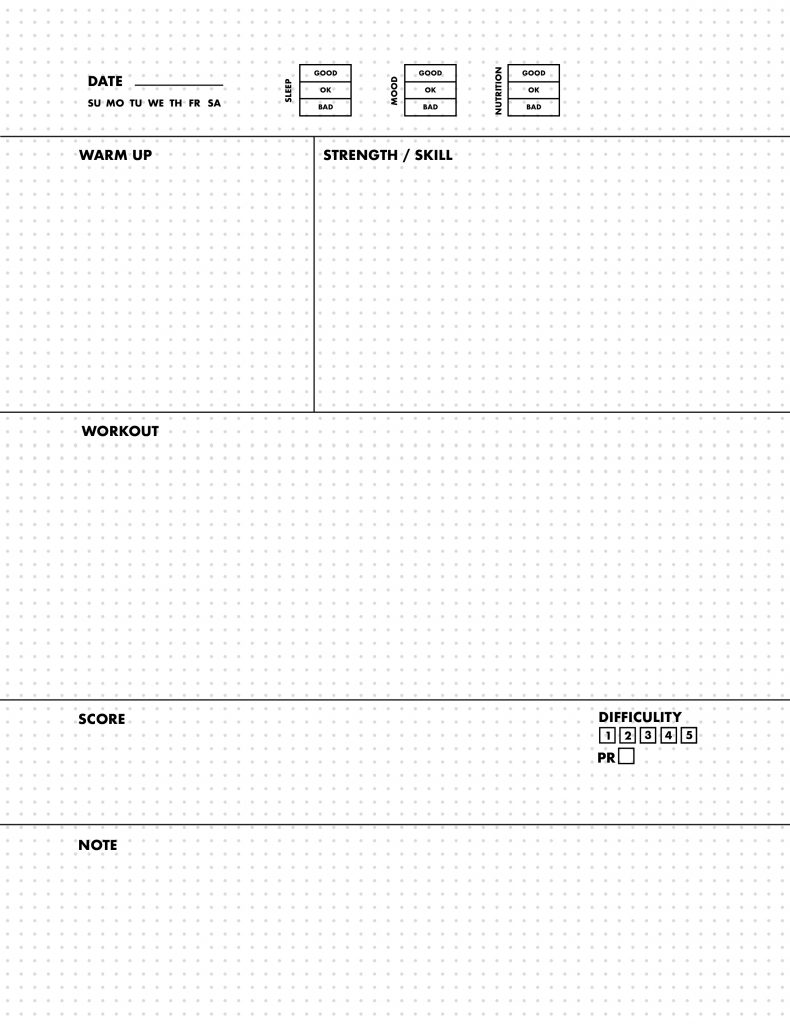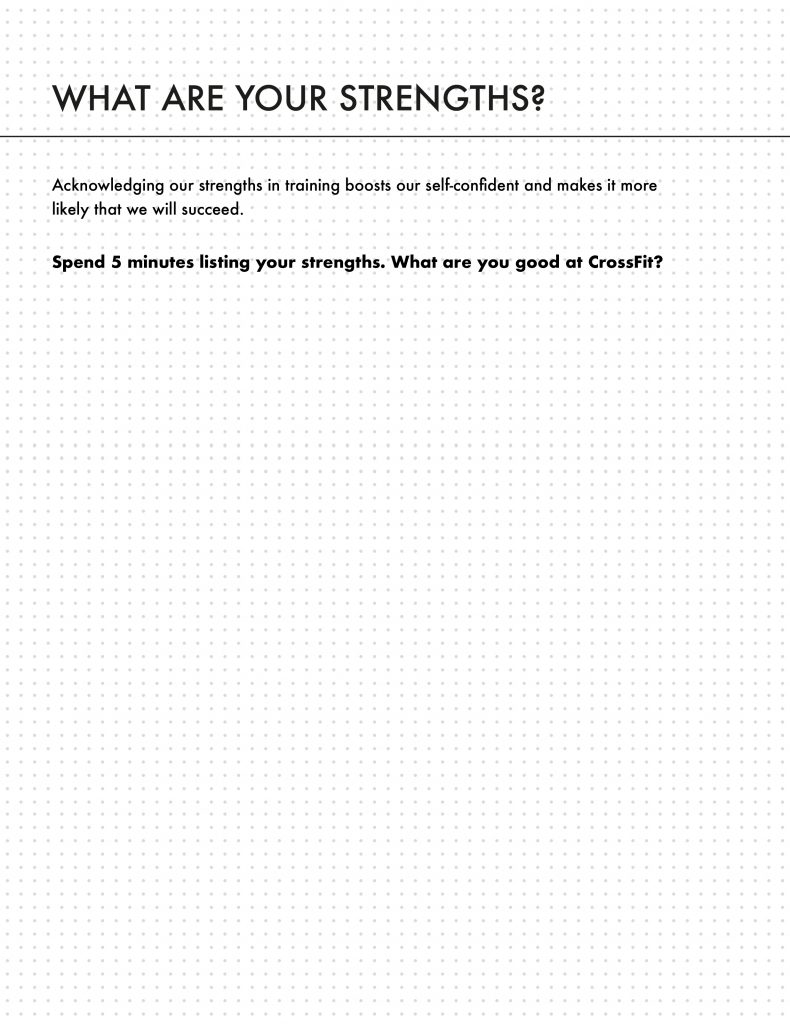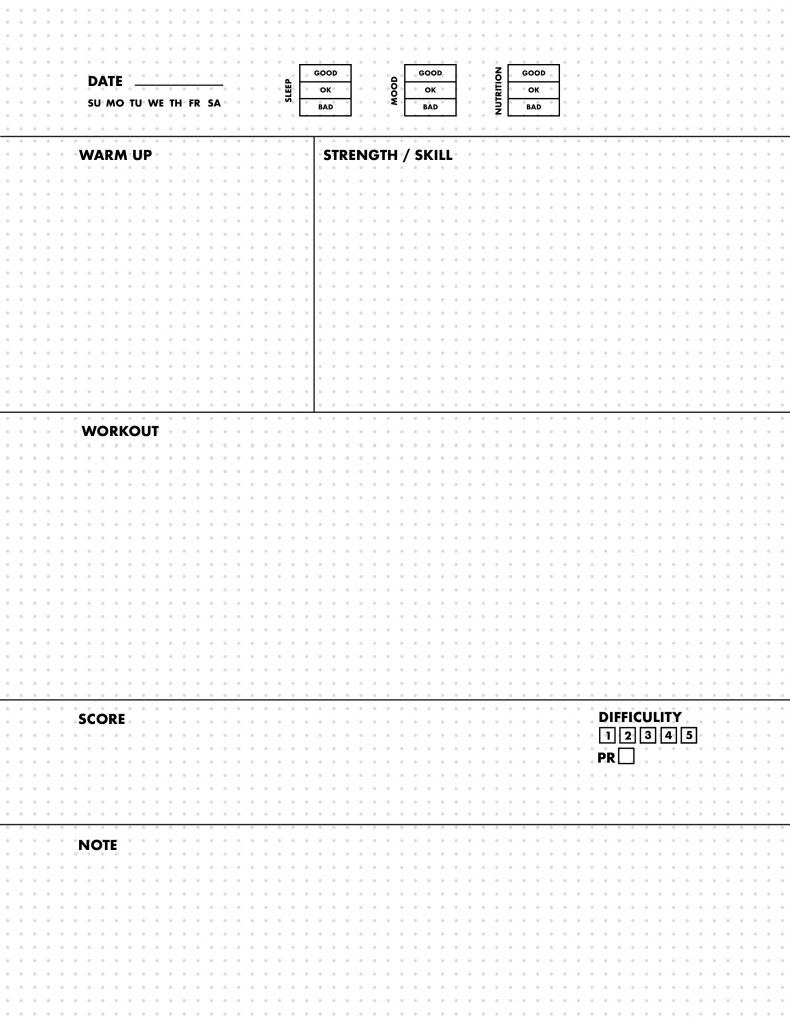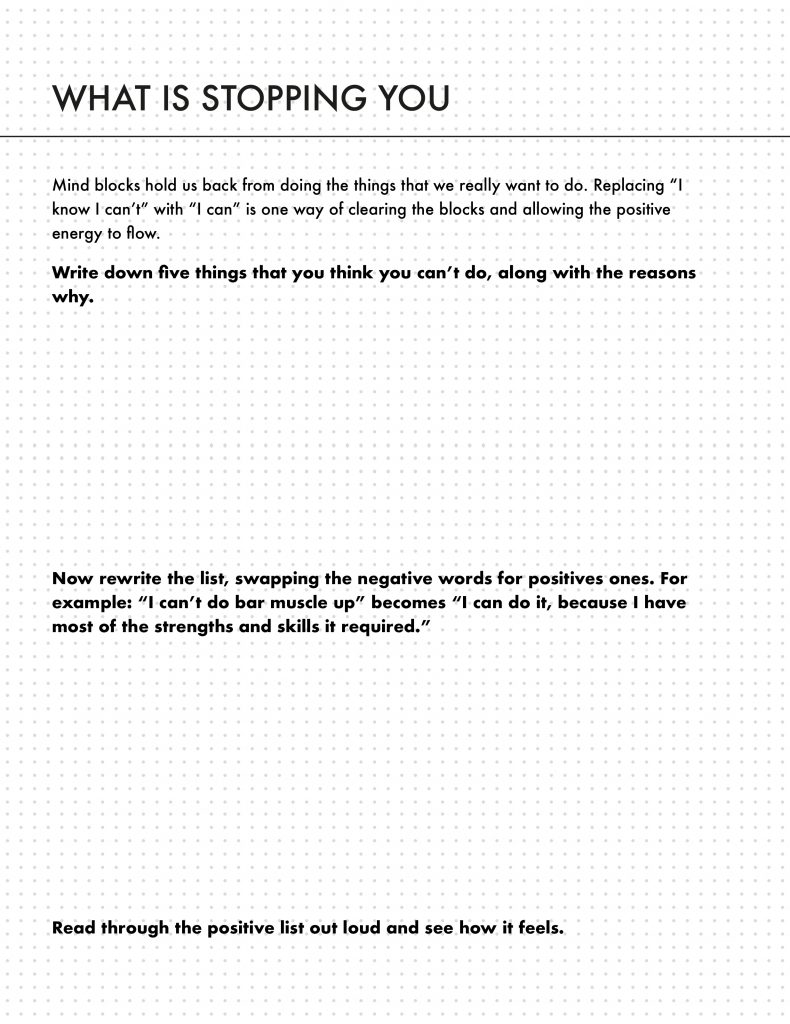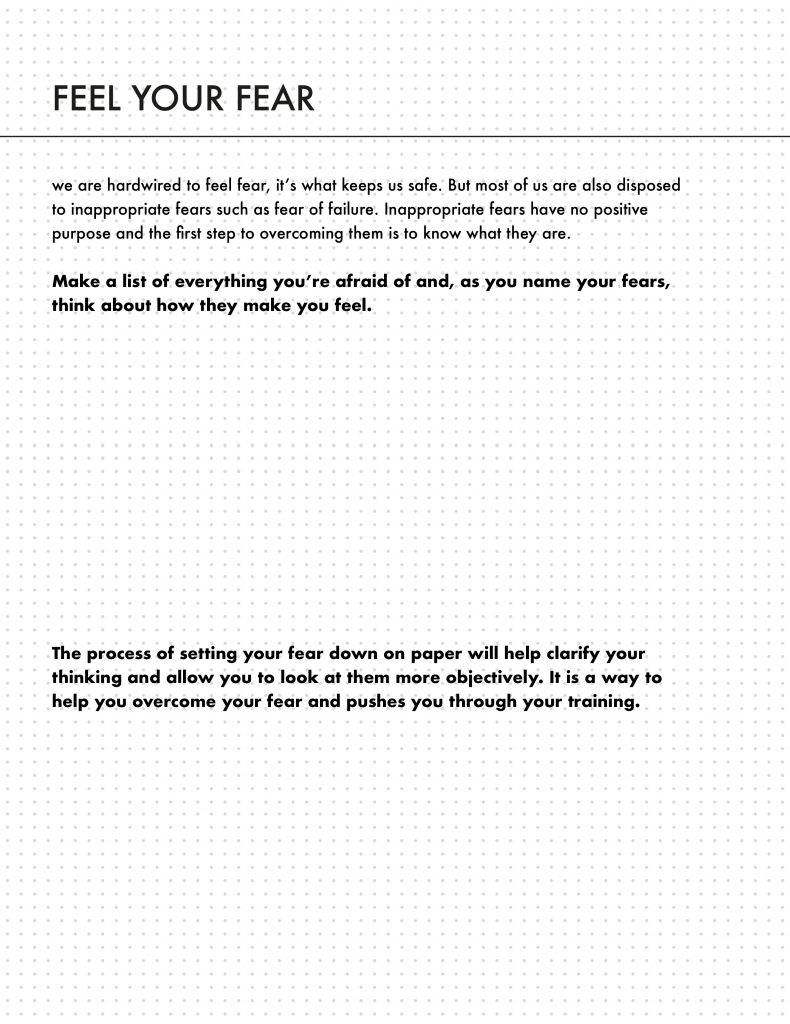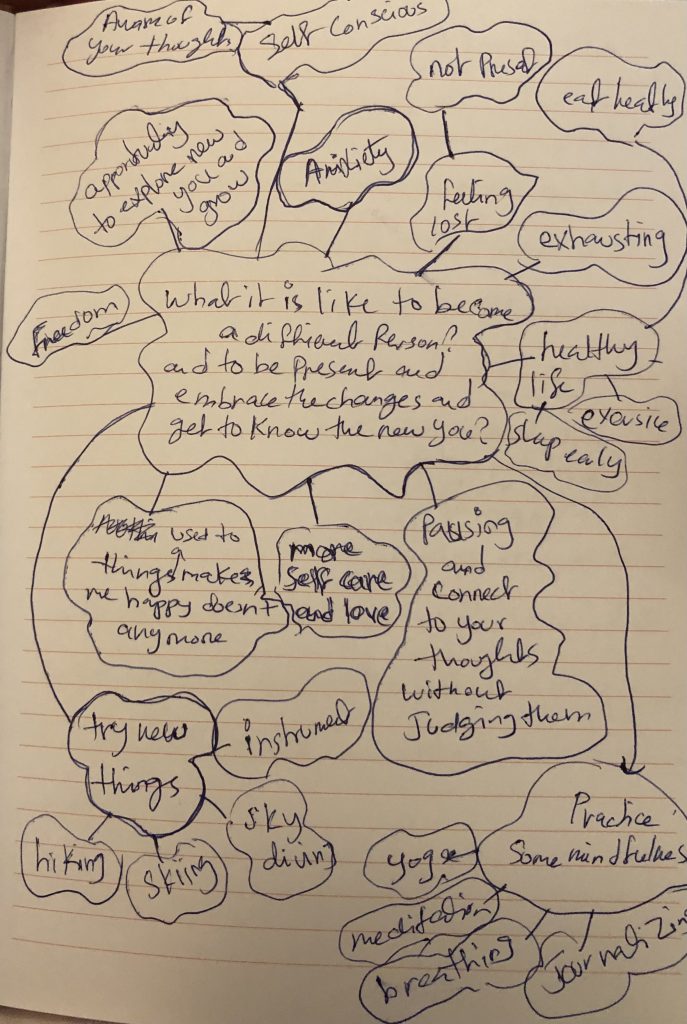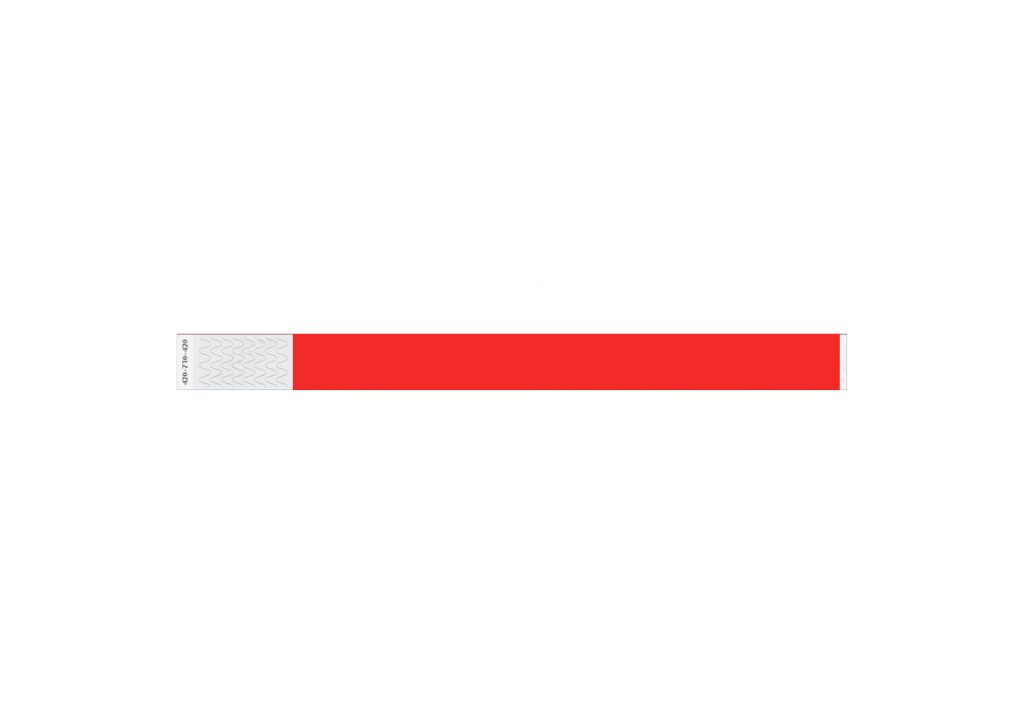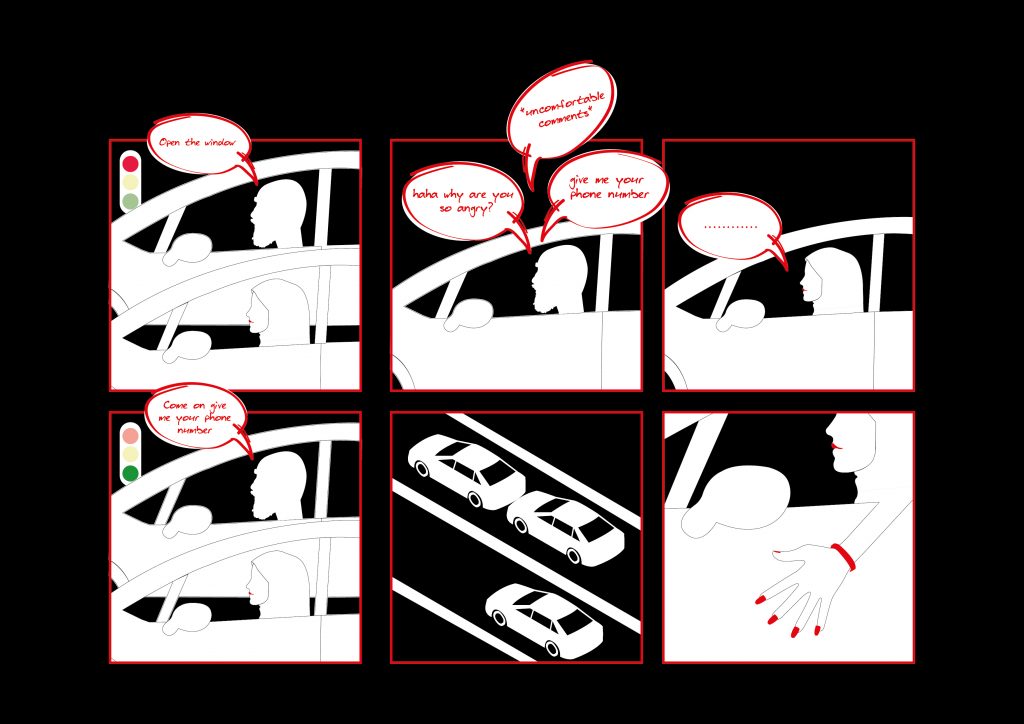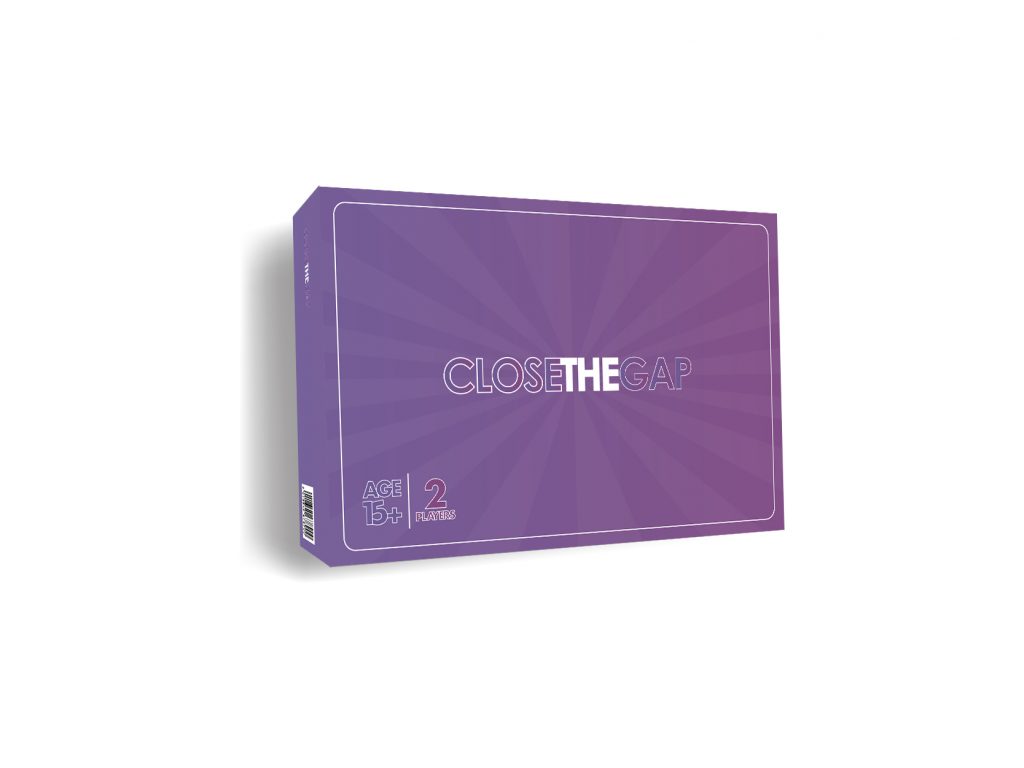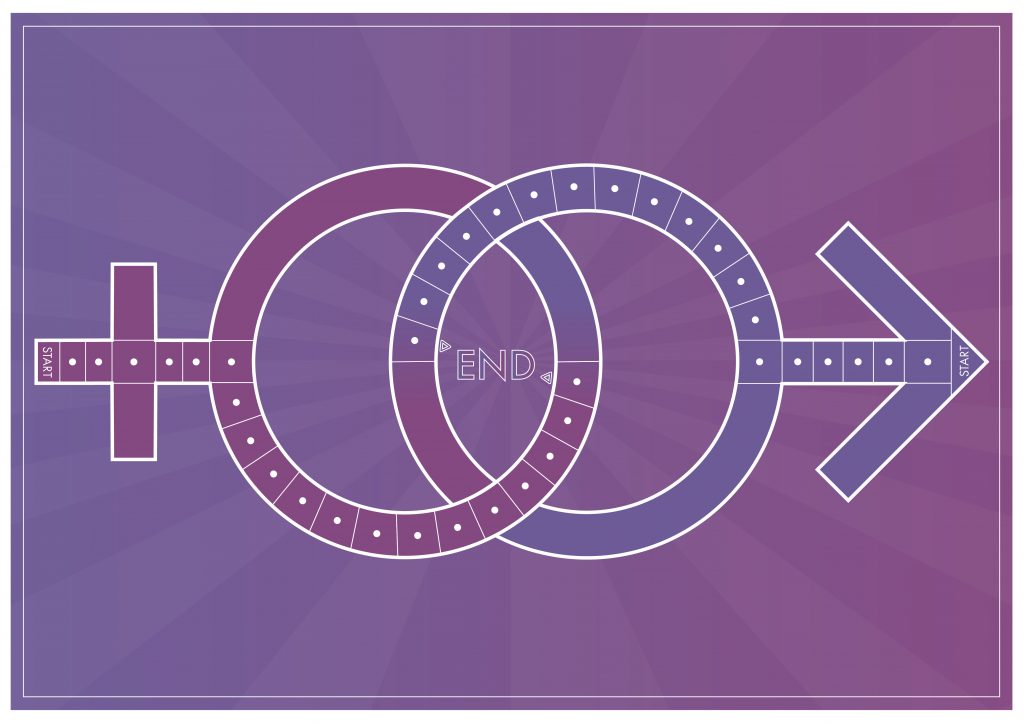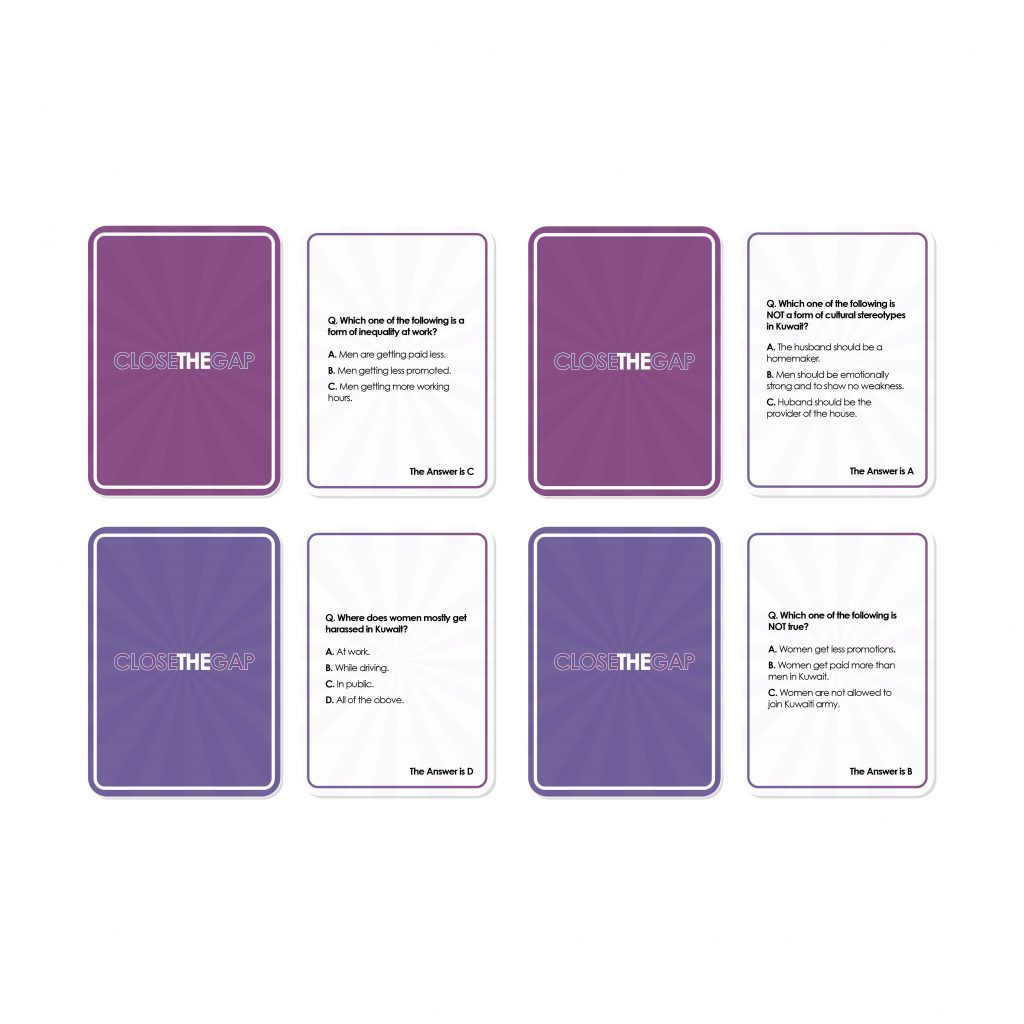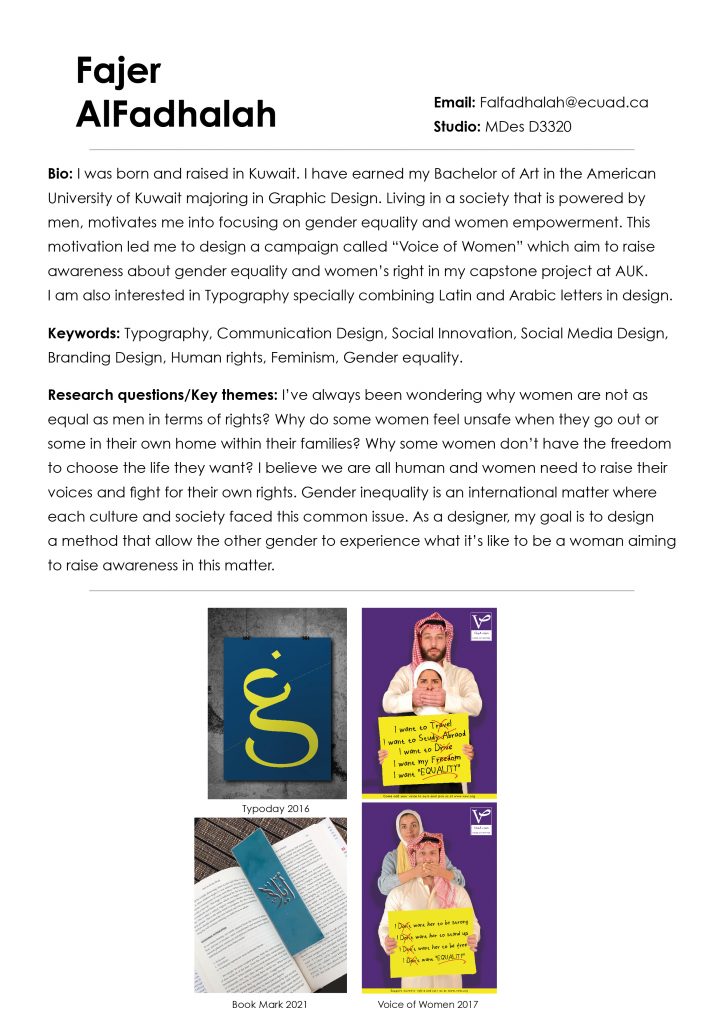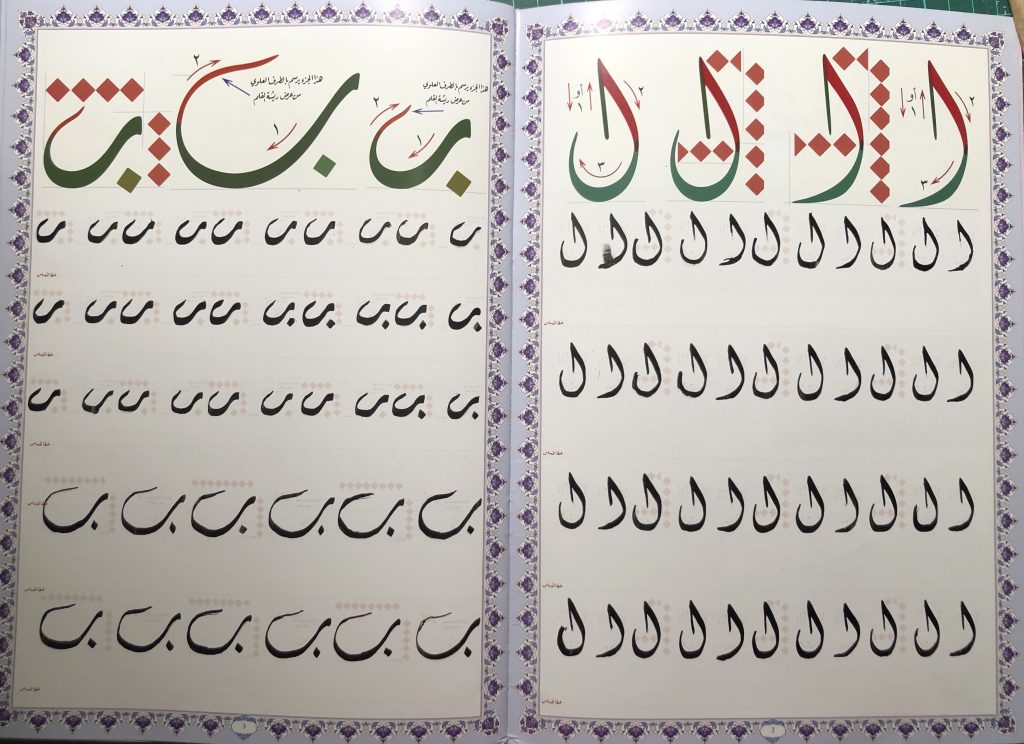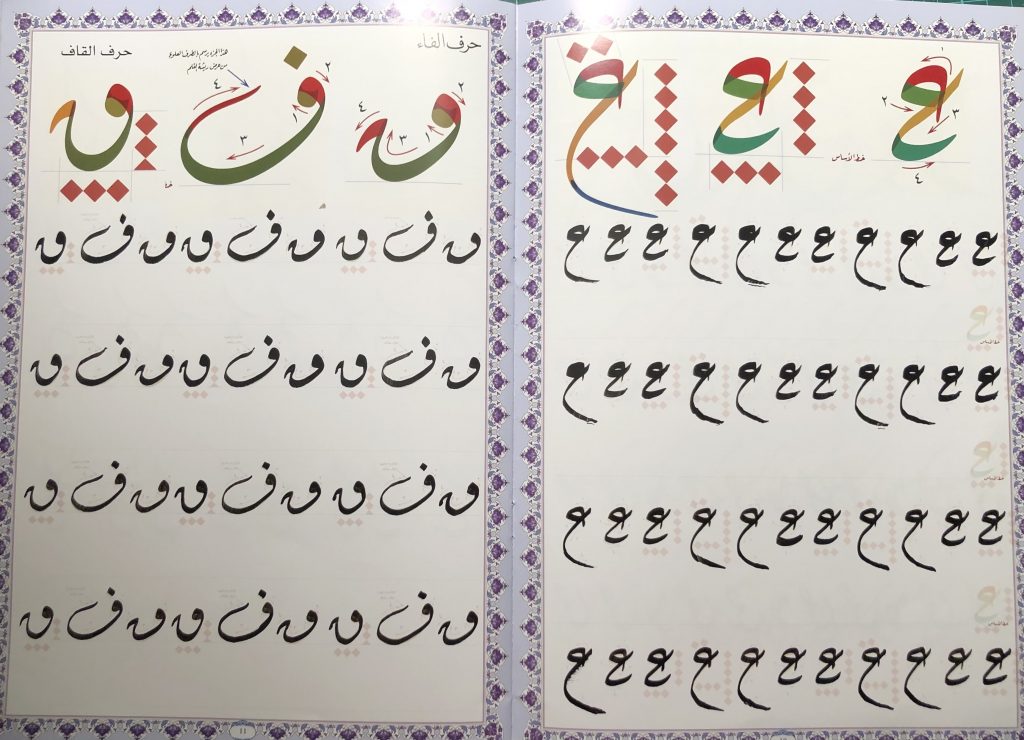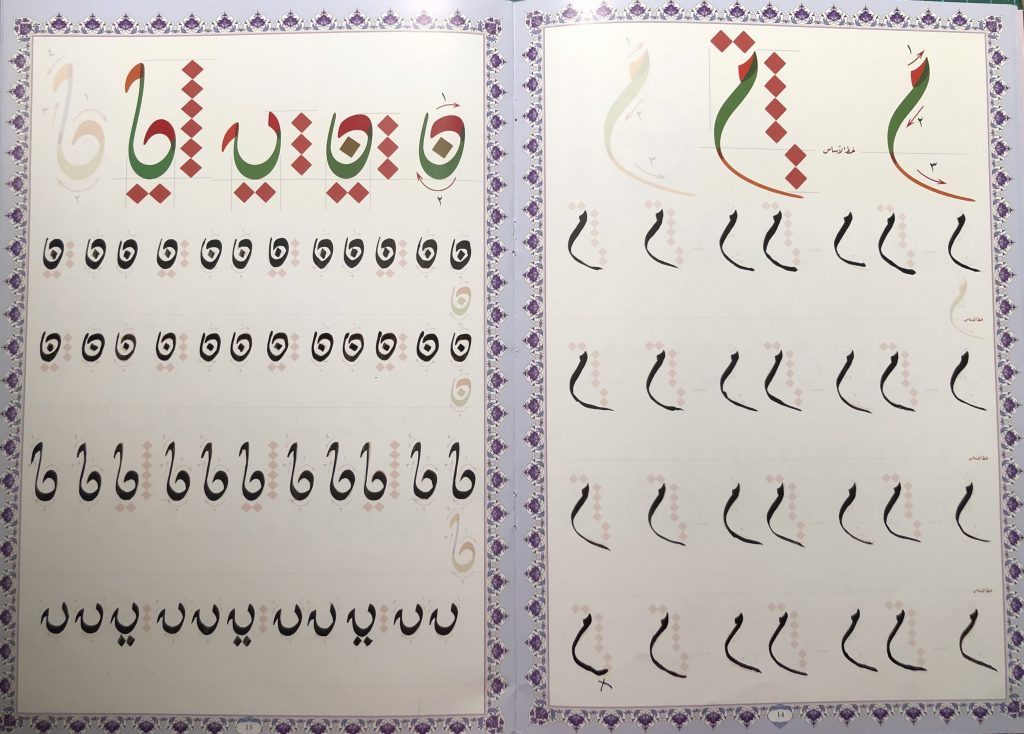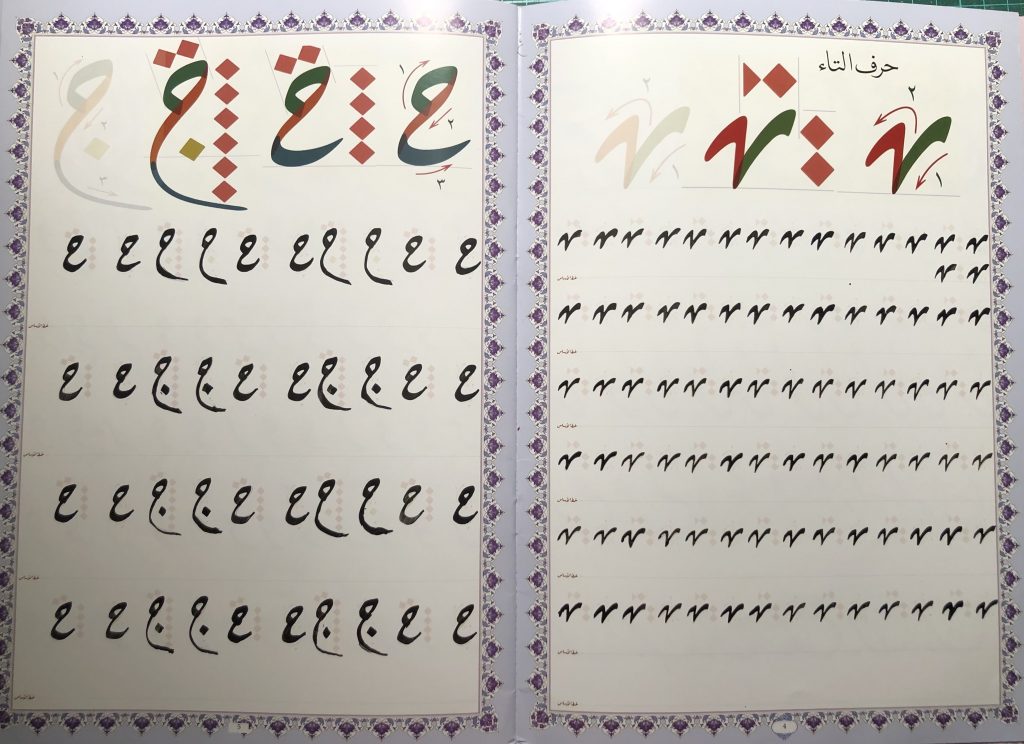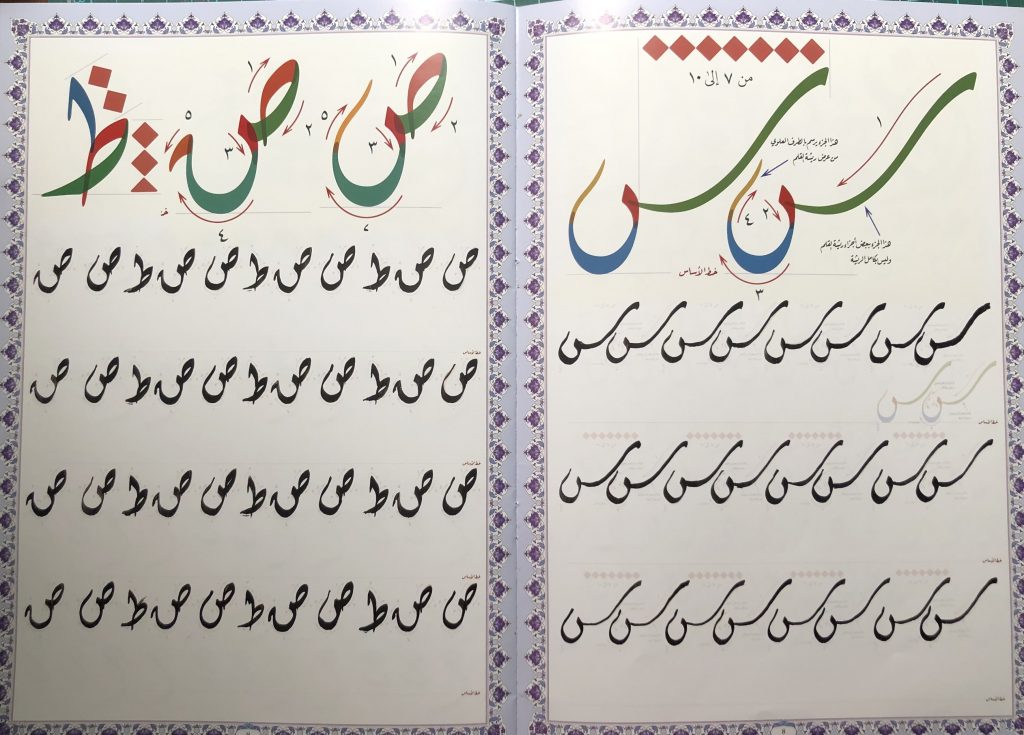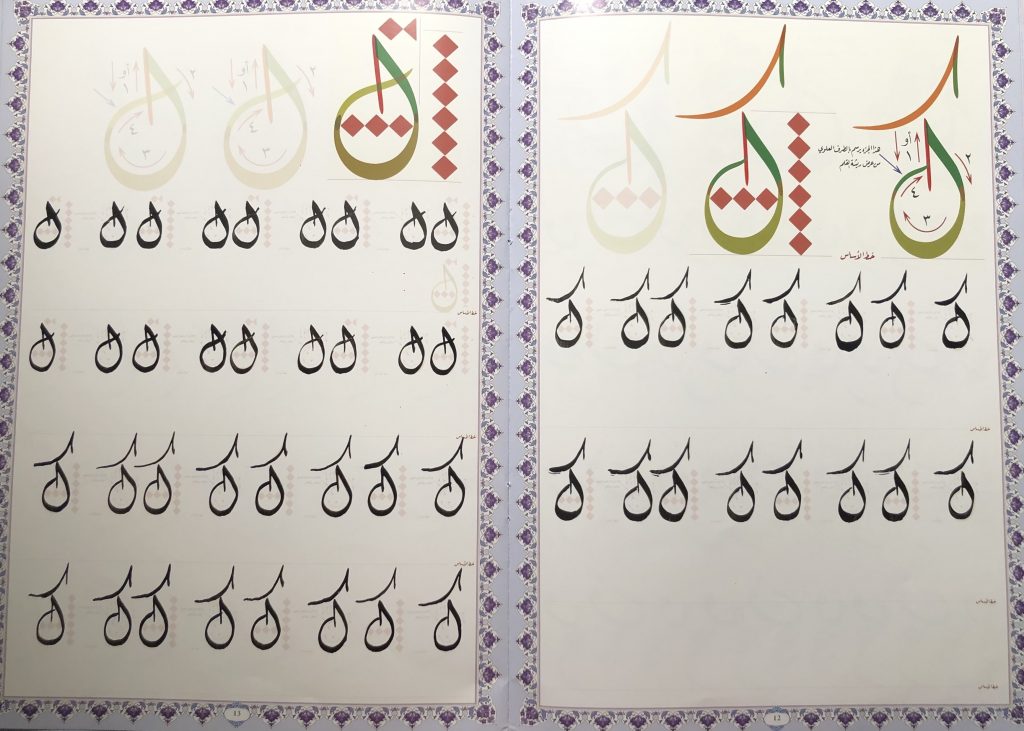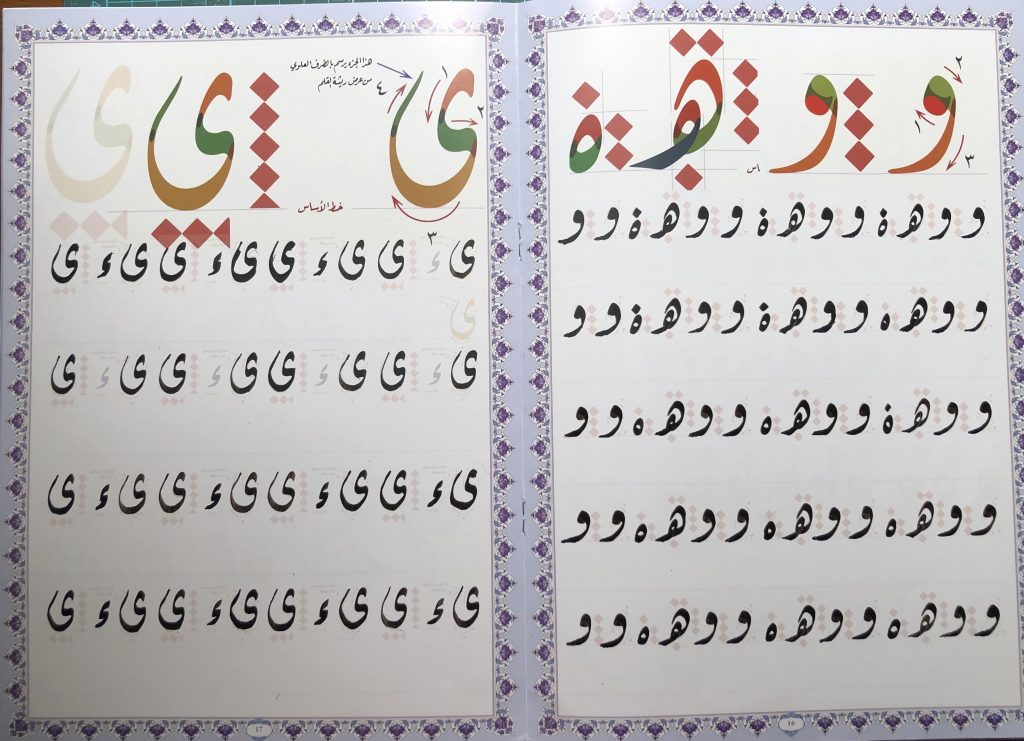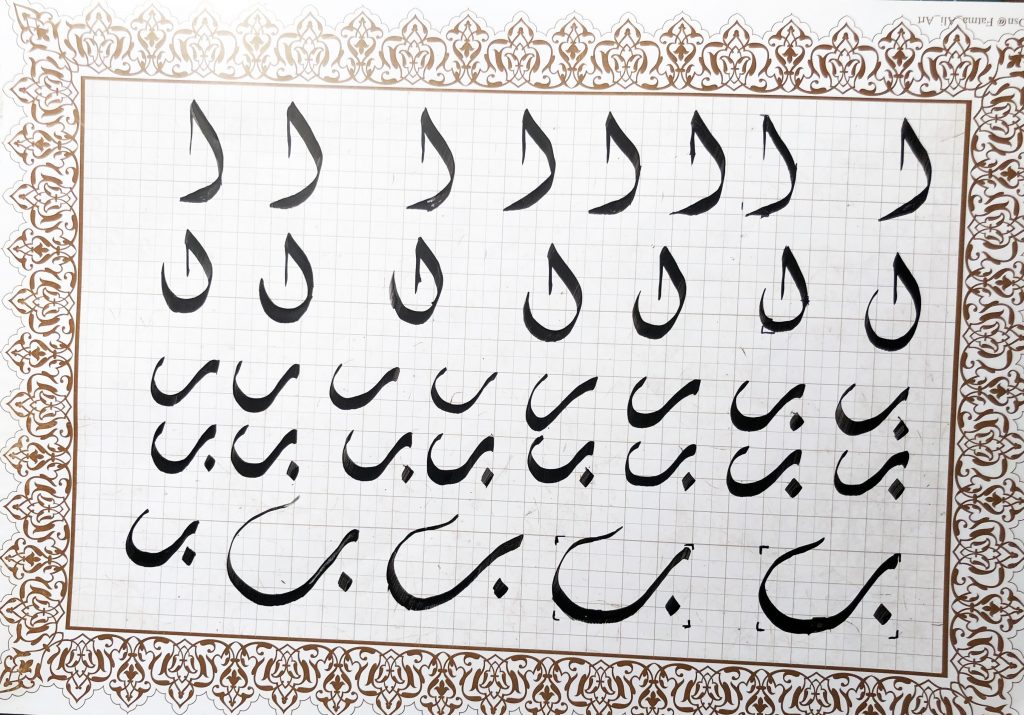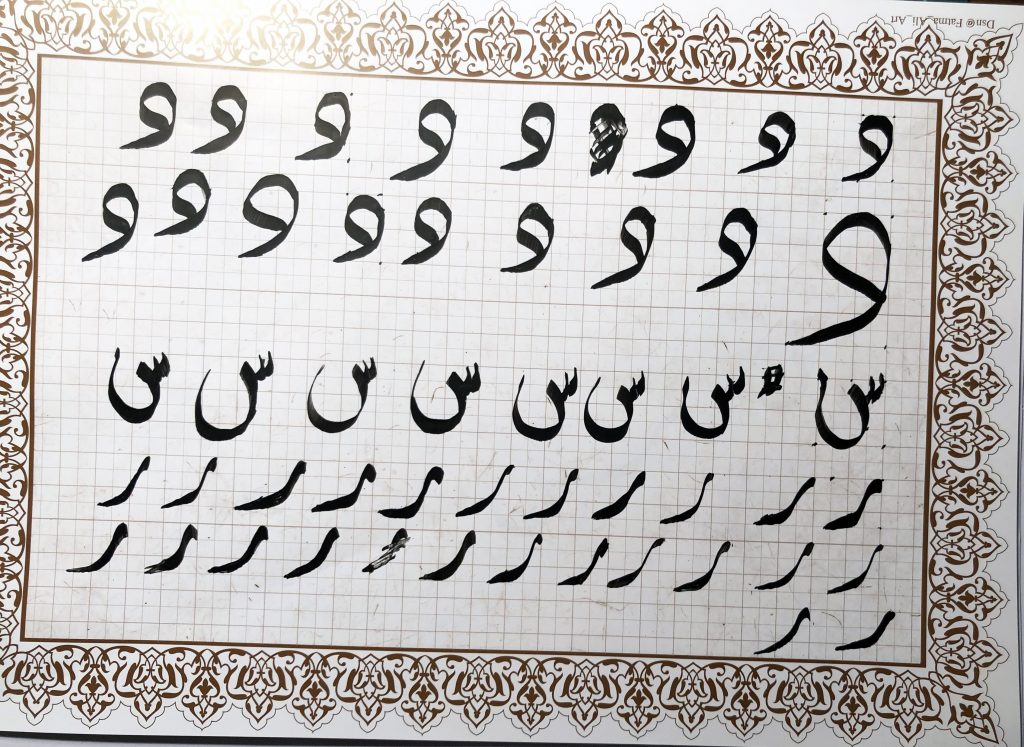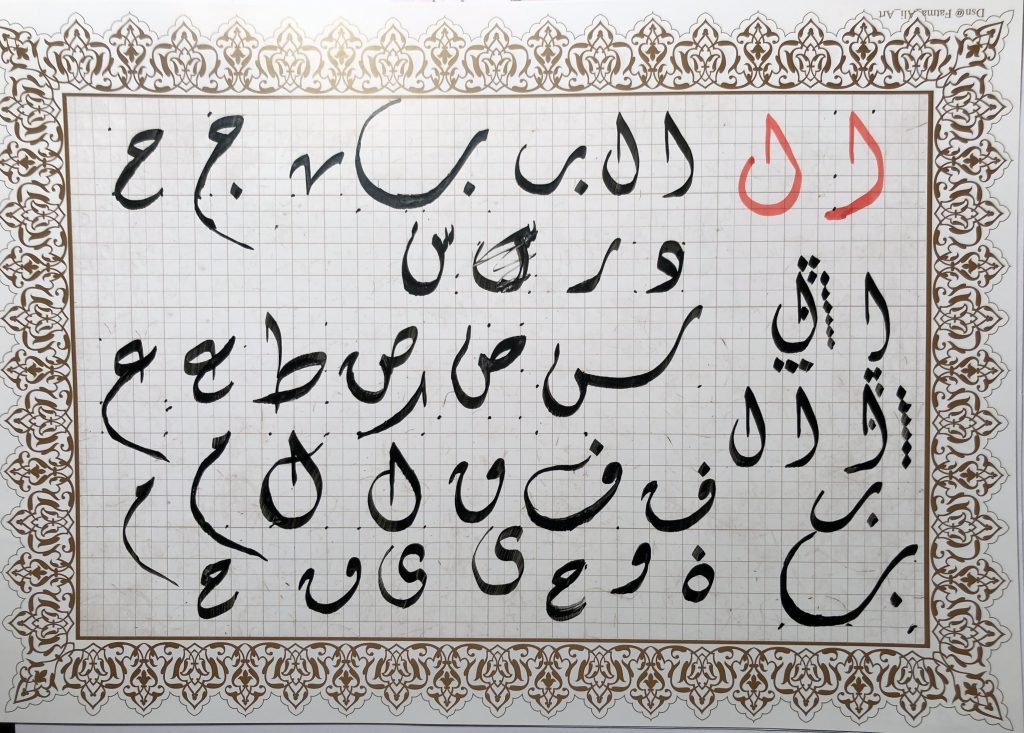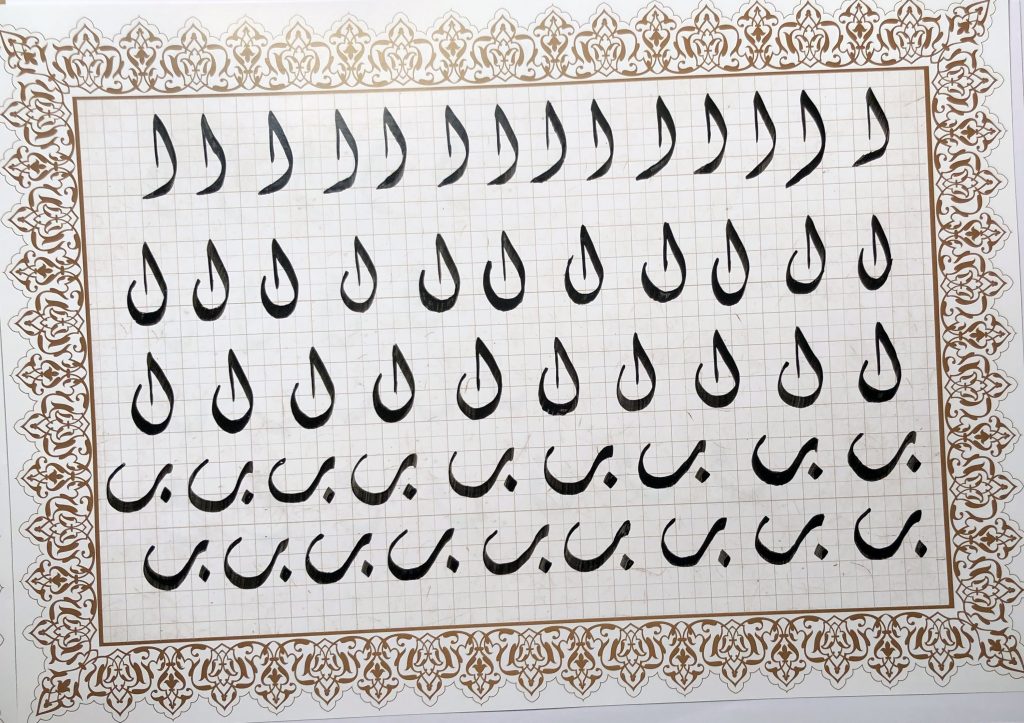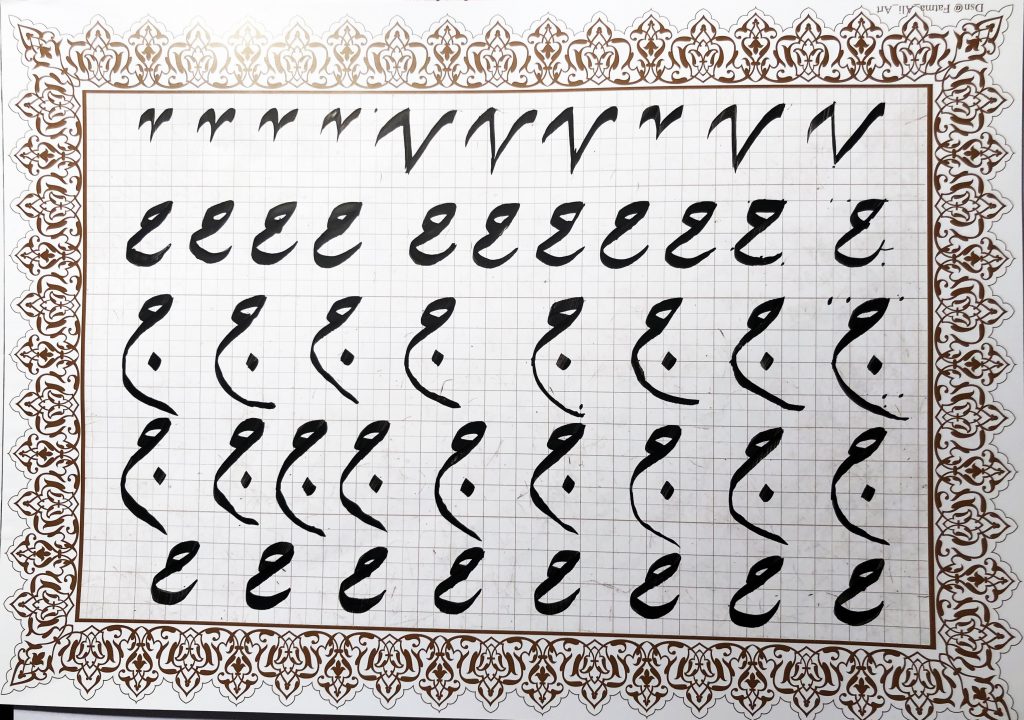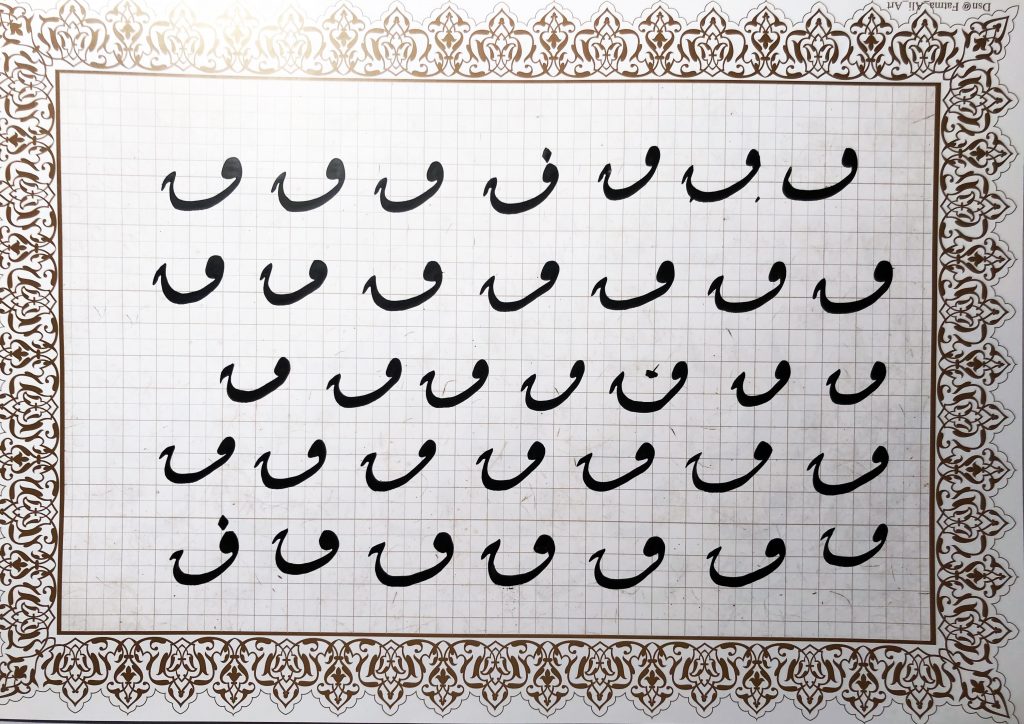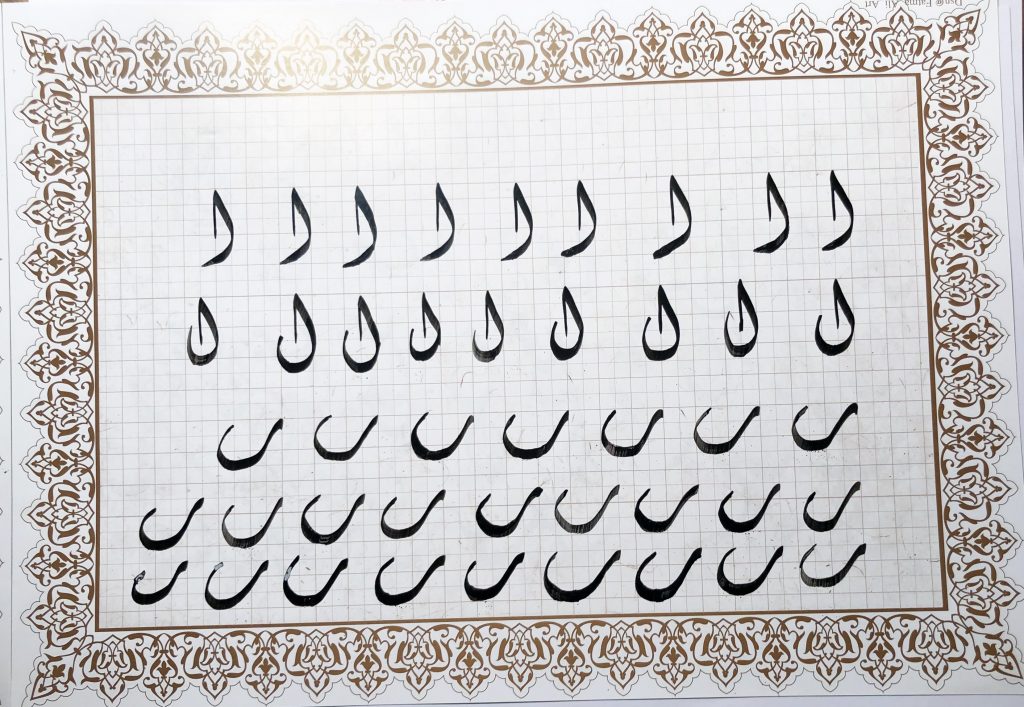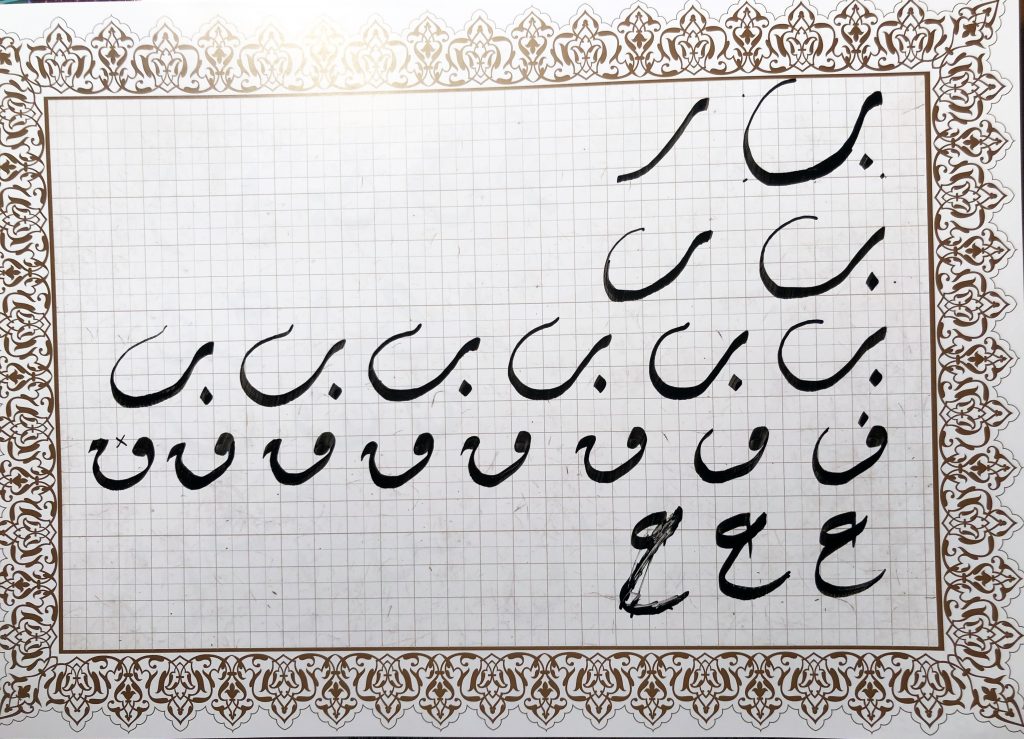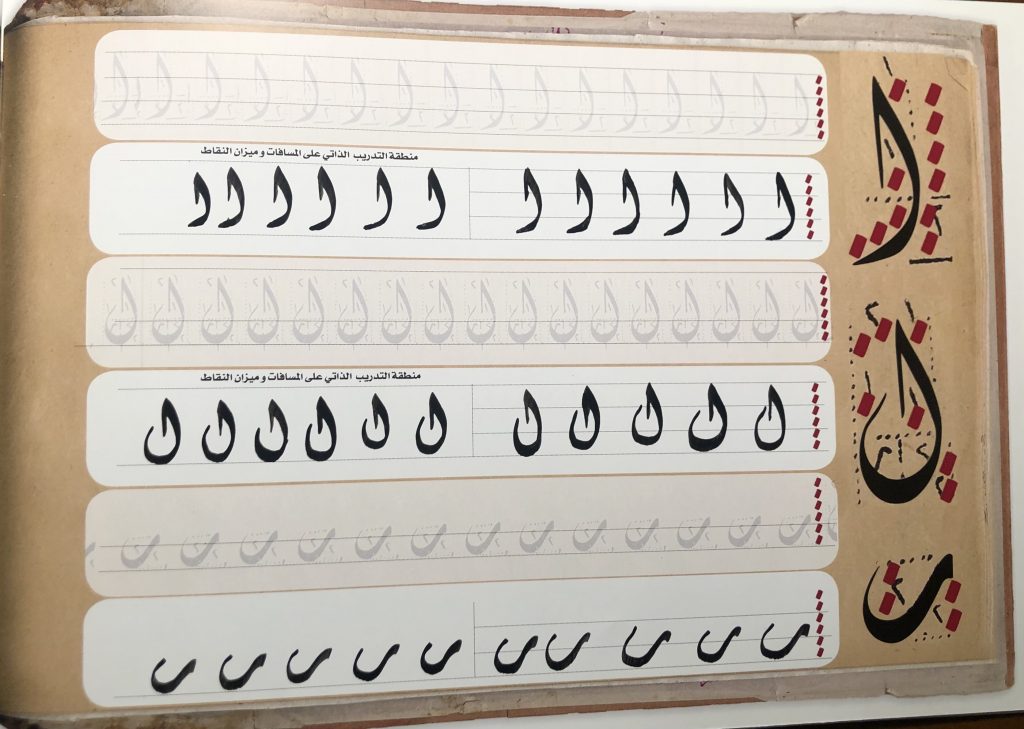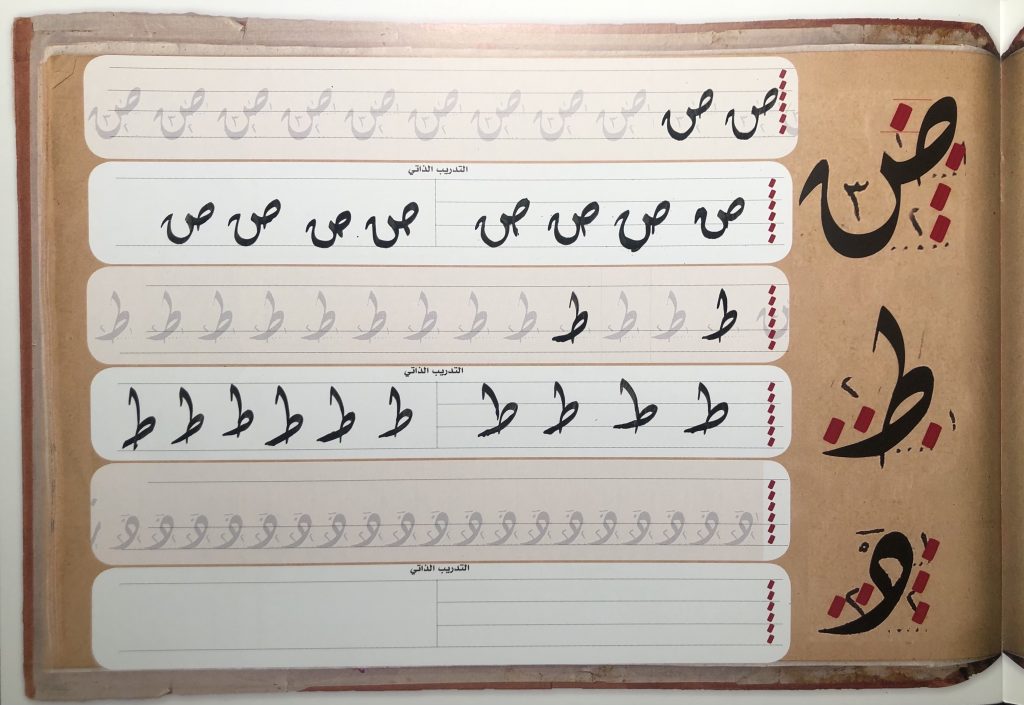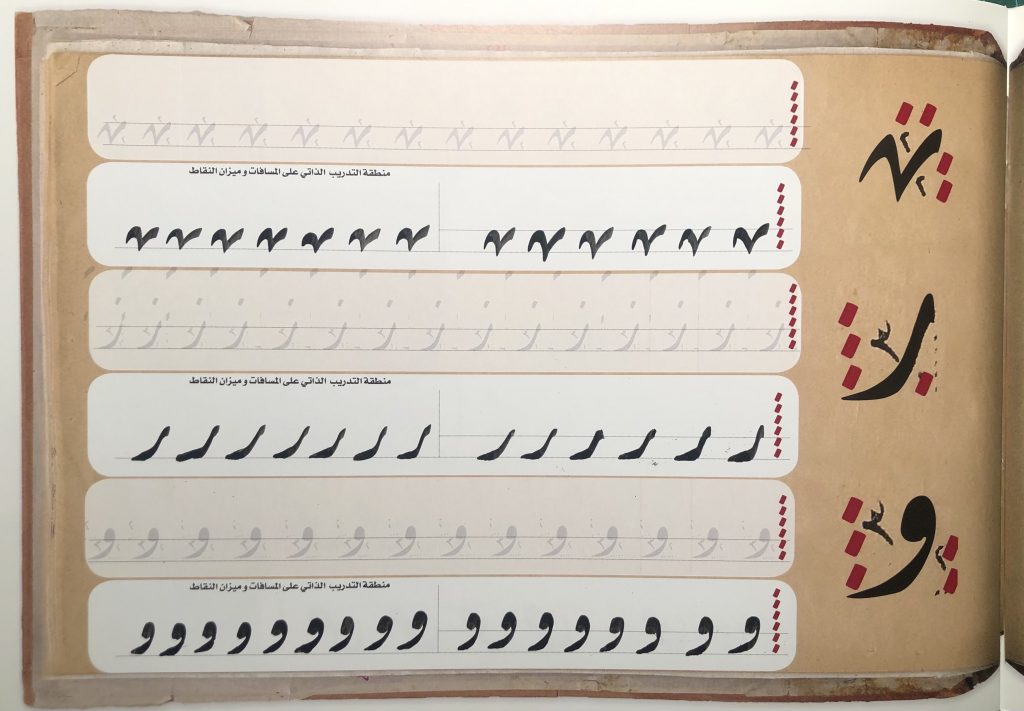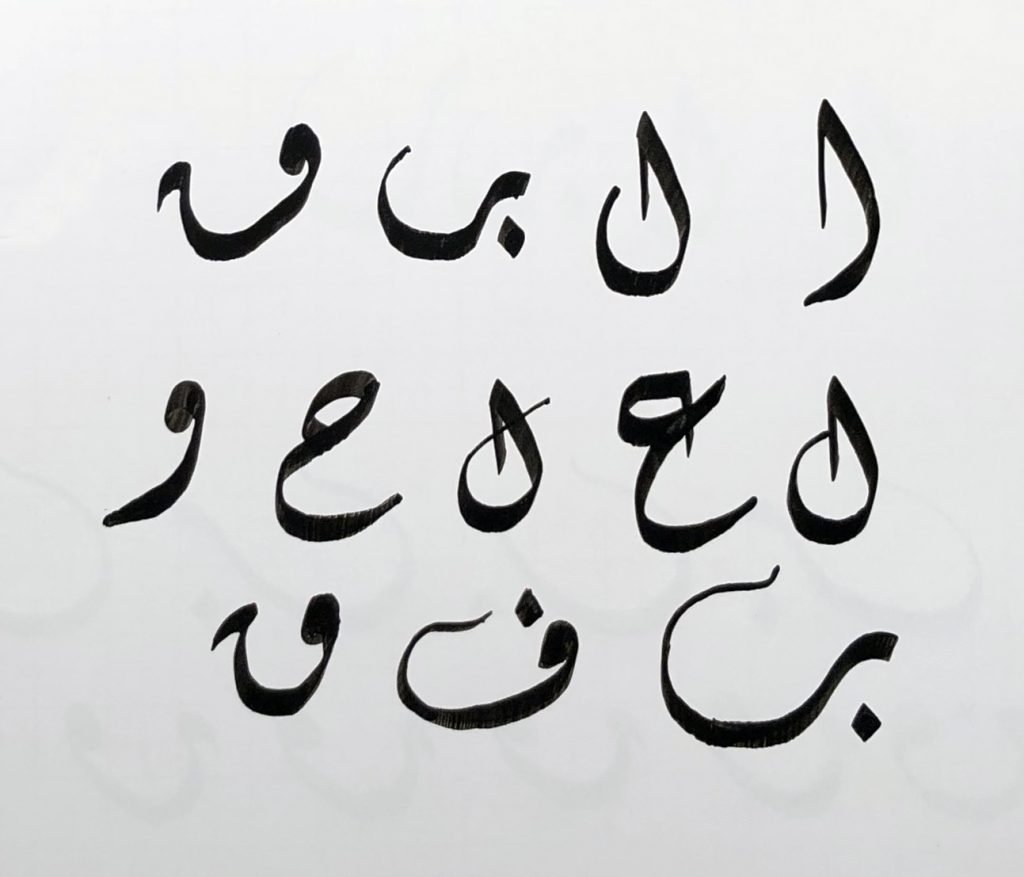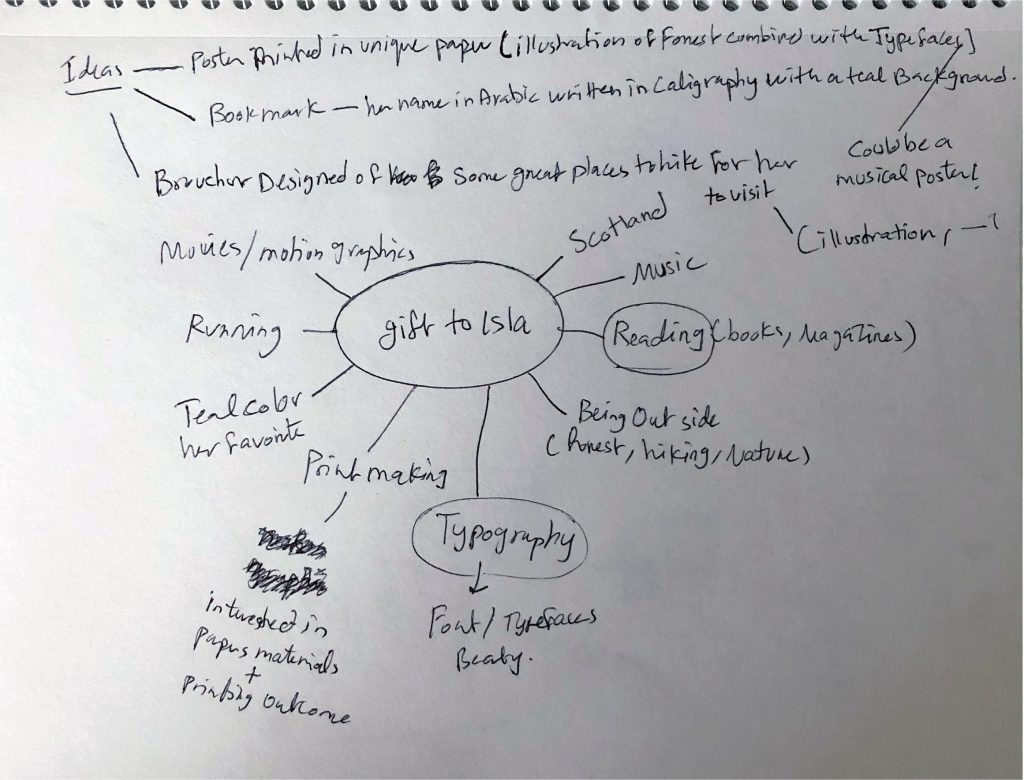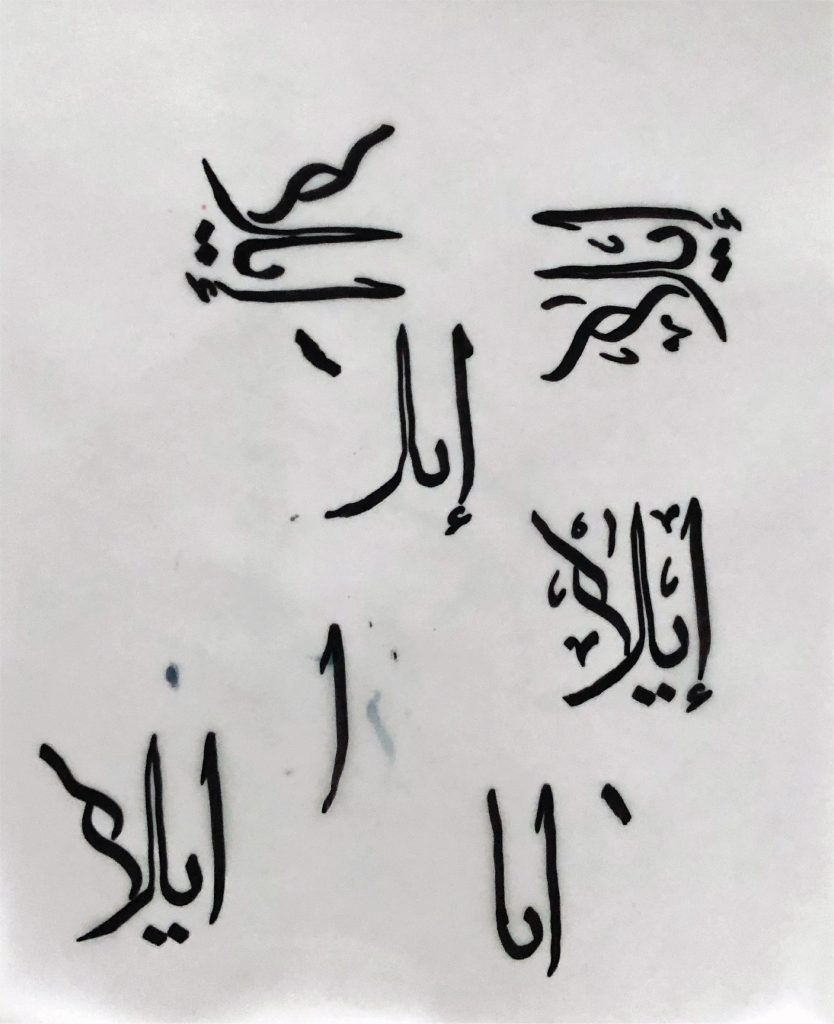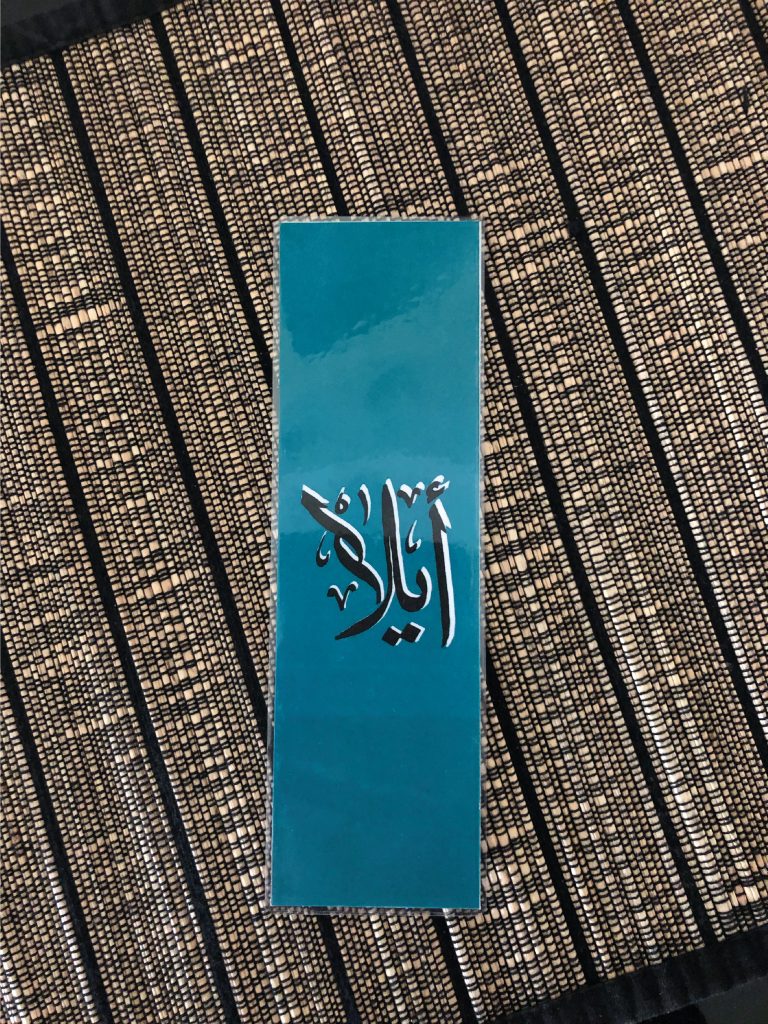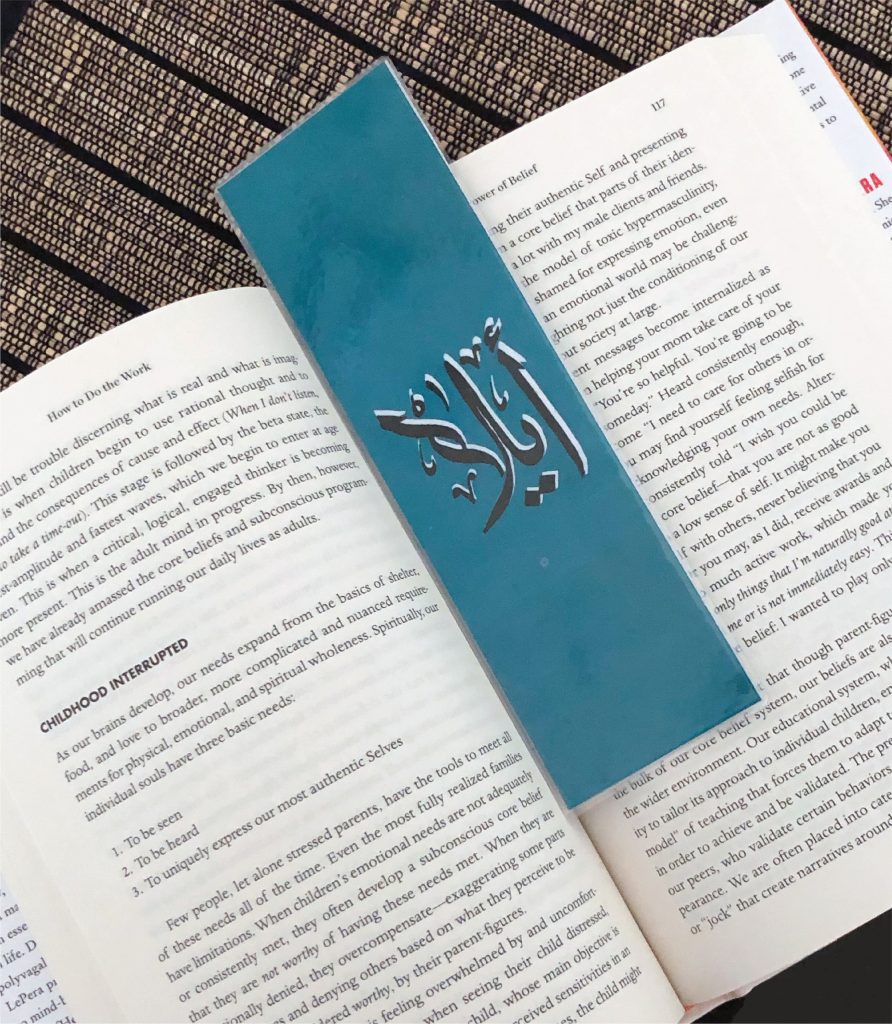During my CrossFit journey, I was doing great for years till last year when I felt stuck in my performance and my mind was stopping me from growing and improving. That time, I struggled a lot during competitions and felt not as focused as I used to be and I wasn’t sure what were the reasons behind it. So I started reflecting and being conscious of my thoughts and found out that my mind was stopping me from improving because of the fear and I wasn’t paying attention to the words I used to say to myself like “it’s ok, take it easy today there are plenty of times in the future” and I keep repeating that every single day till It slowed me down. After realizing that, I started writing before training which helps me to be motivated and be prepared mentally for my training. For example, one day I wrote down a positive statement on a paper and hang it in front of me while training which helps me to repeat that to myself when I needed it. The statement was “No pain no gain” this helps me to realize that the pain is only going to last a couple of minutes and that will only make me stronger and better my performance for next time. So, that made me design the CrossFit mind journal in my previous project to help you stay focused through writing your feelings on a paper to let it out and clear your head for training. Which lead me to this project, where I experiment the journal with the class to engage the community and see if this journal actually works.

I have done the experiment in our class with seven participants in total. Each one of the participants tried a different exercise of the journal. I started the experiment by doing ten minutes of the journal exercise. After that, we started to warm up and started the workout. After the workout ended, I handed in surveys to test if the journal did work or not.
Experiment:
The work out:
6 rounds for time:
20 Shoulder taps
60 Mountain climbs
20 Tuck jumps
Survey:
After the workout, I handed in a survey to the participants to measure the results and see their experiences before, during and after the workout. And, if the CrossFit Mind Journal has helped to keep their mindset and motivate them during the training or not.
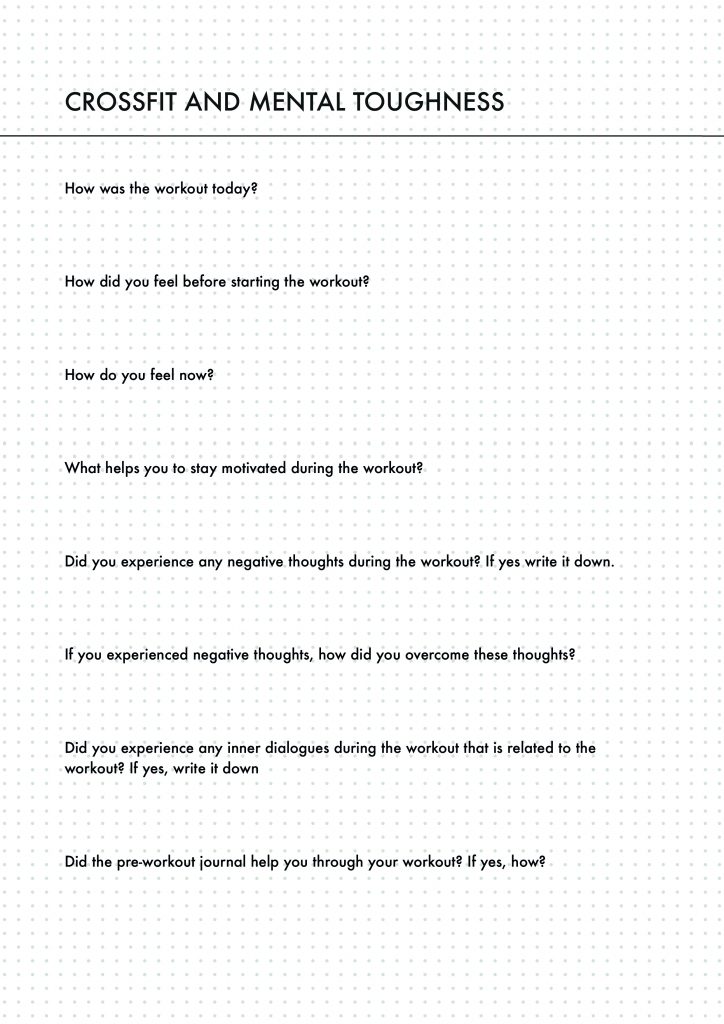
Results
After evaluating the surveys, I have found out that four participants out of seven found it helpful, some of the comments “Get me more into a positive headspace”, “To commit to trying”, and “Help to change negative to positive feelings”. Two of the participants say maybe and that they found it hard to communicate how they felt. Finally, one participant says it intimidated her.
In the survey, I asked the participants “What helps you to stay motivated during the workout?” to have a better understanding of things or thoughts that keeps one person motivated. And the responses were “Training with the peers”, “Thinking that I can do it”, “Thinking about my fitness goals”, and “Believe in myself that I can push harder.” Most of the responses were so related to my journal exercises, which makes me believe that this journal might be helpful.
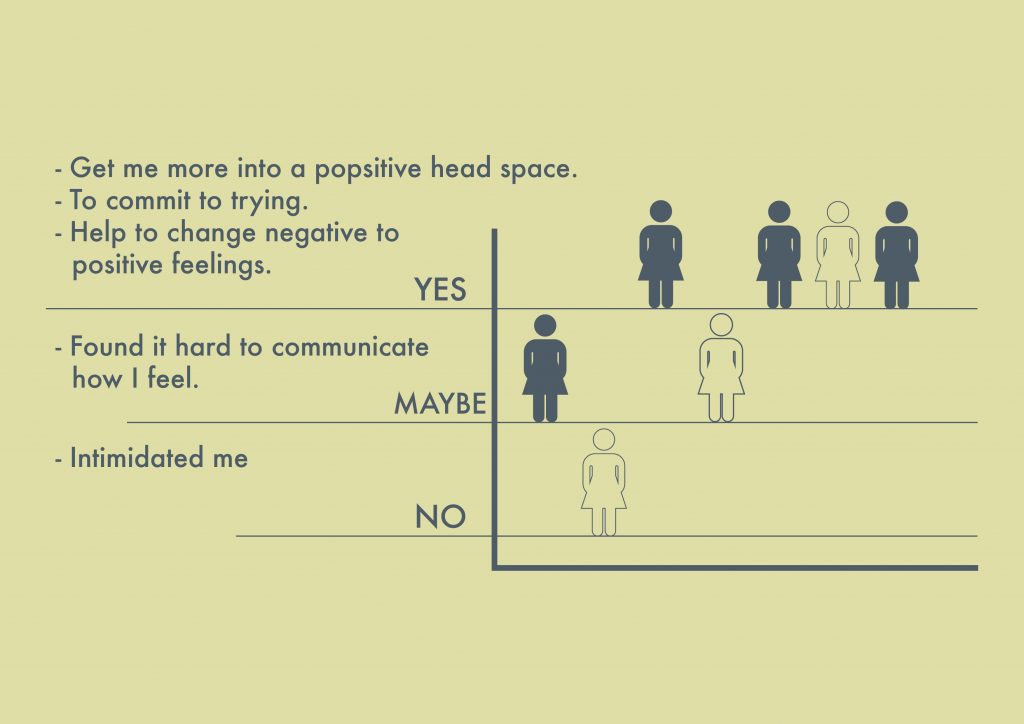
My target audience was supposed to be the CrossFit community who struggled mentally during the workout and need that tool to help them stays focused, believe in themselves, and give them that power and motivation to push a little extra every single day, however, it was difficult to test CrossFit community due to the need of ethical approve. Therefore, I experiment with my peers in class.
Challenges
I think most of the feedback were positive, however, there were a lot of challenges that affected the results of my experiment. First, I didn’t announce the experiment a day in advance with the participants which made them not ready for the exercise mentally and physically. They didn’t wear the right shoes and cloths for the workout, which made it challenging for them to actually experience the actual exercise. Second, the workout that I wrote wasn’t suitable for the audience I chose due to level differences.
